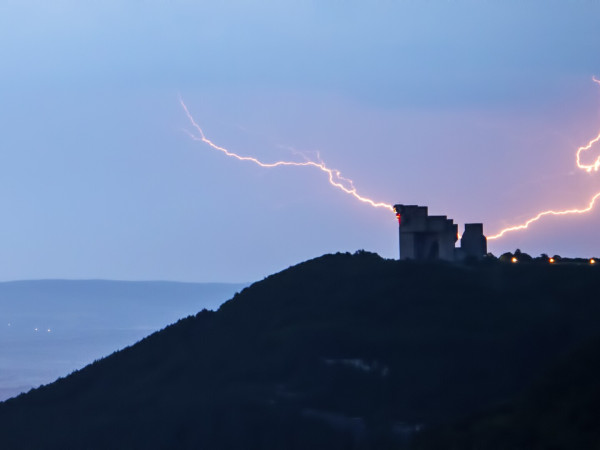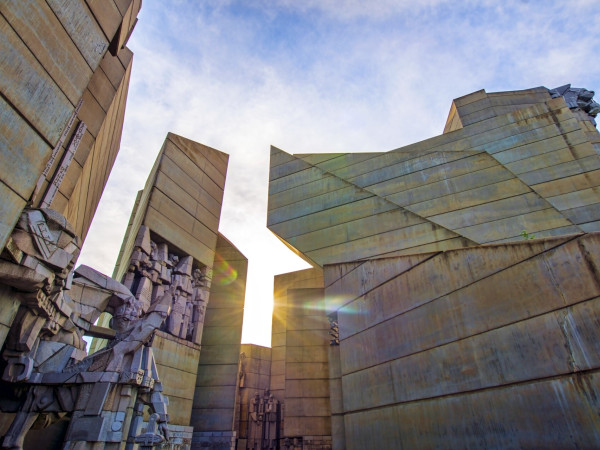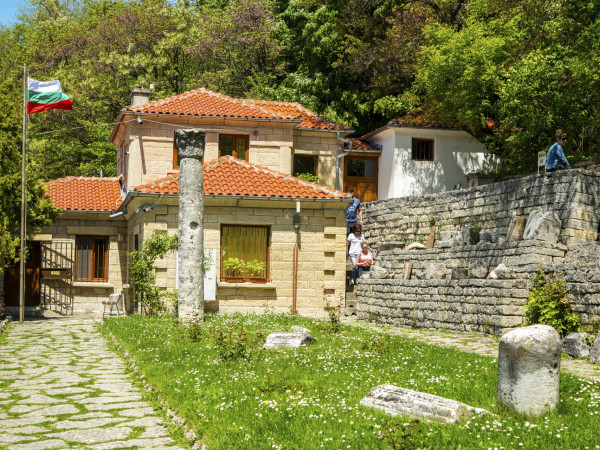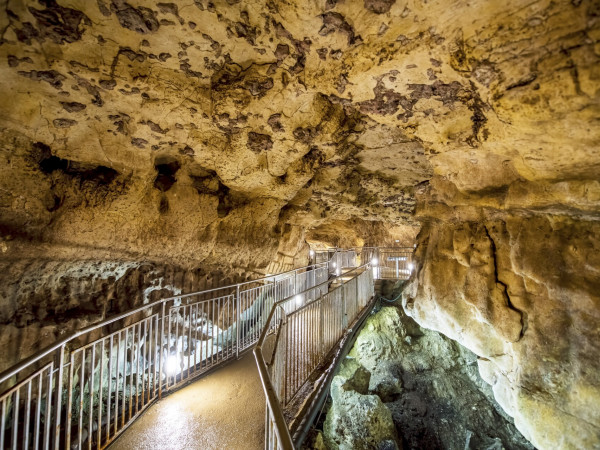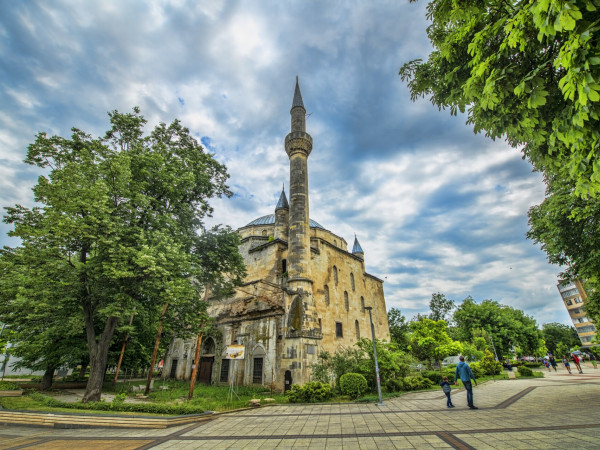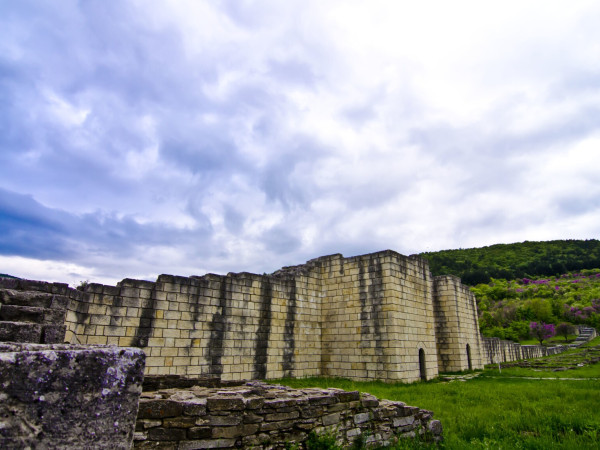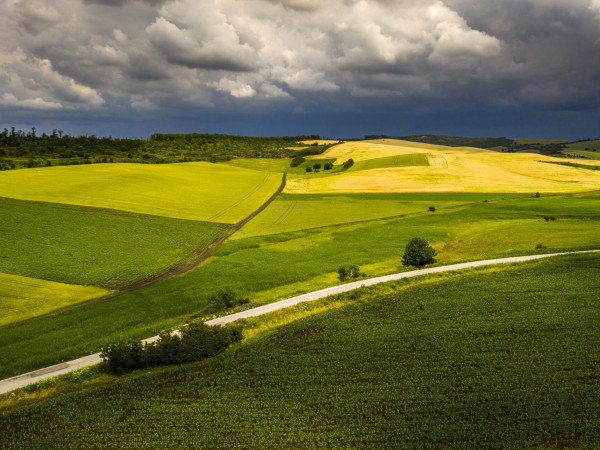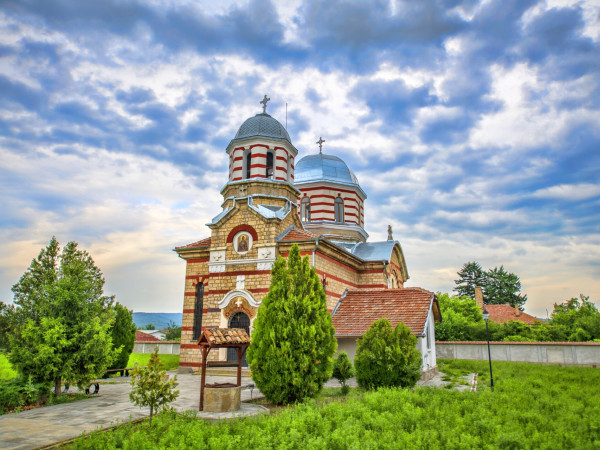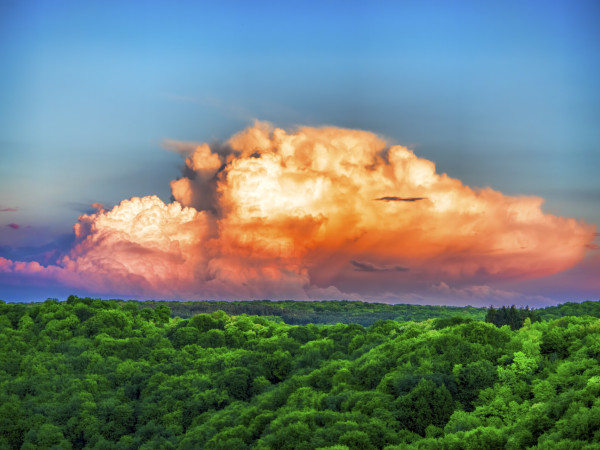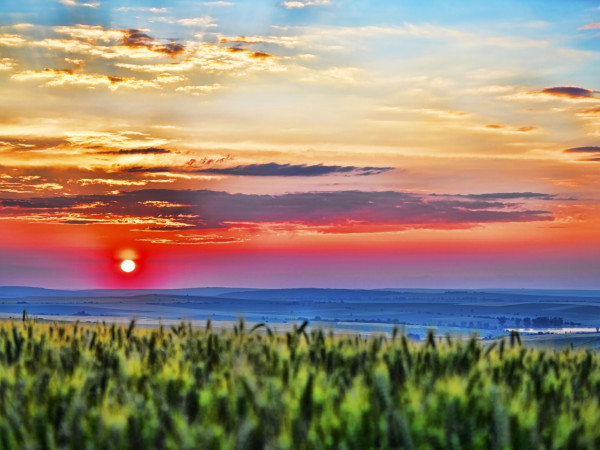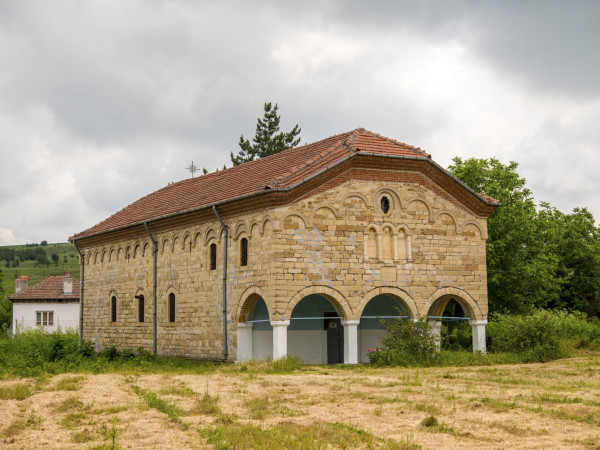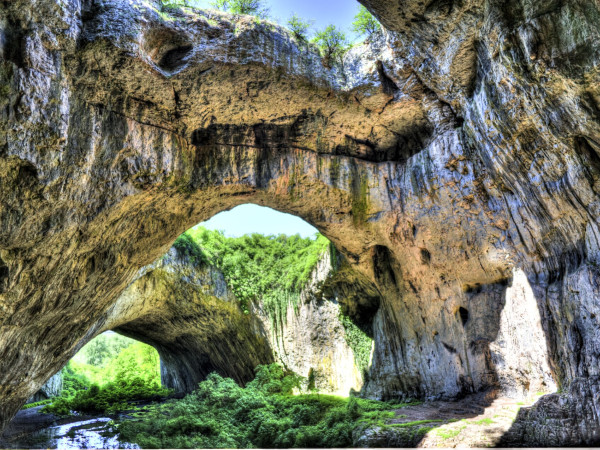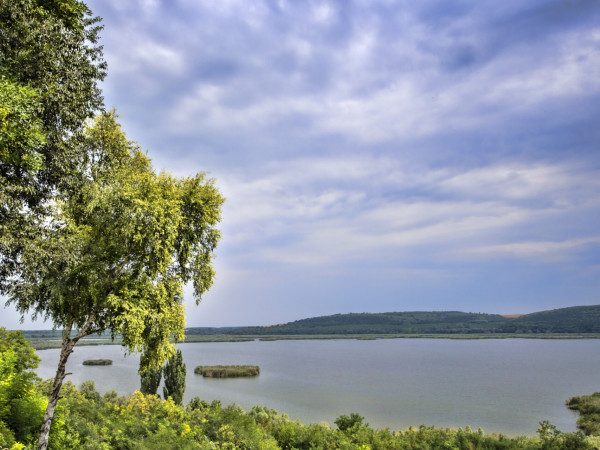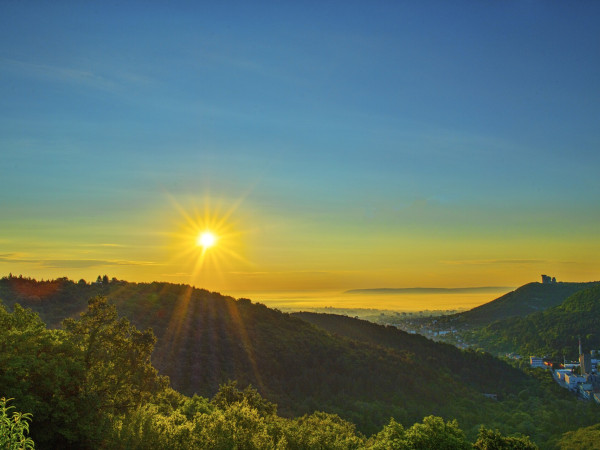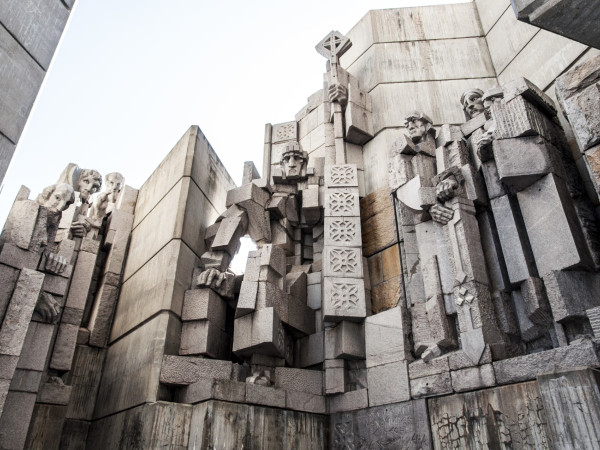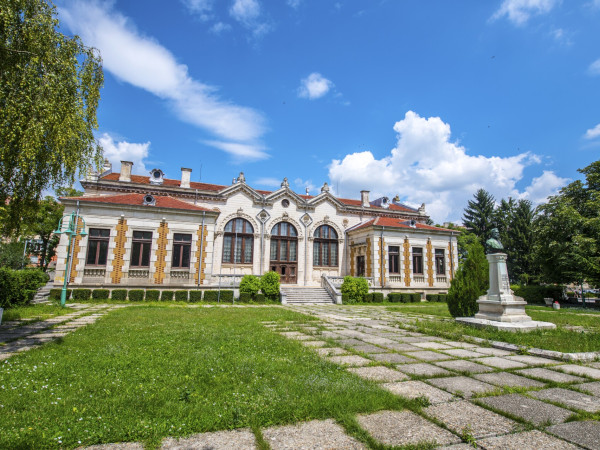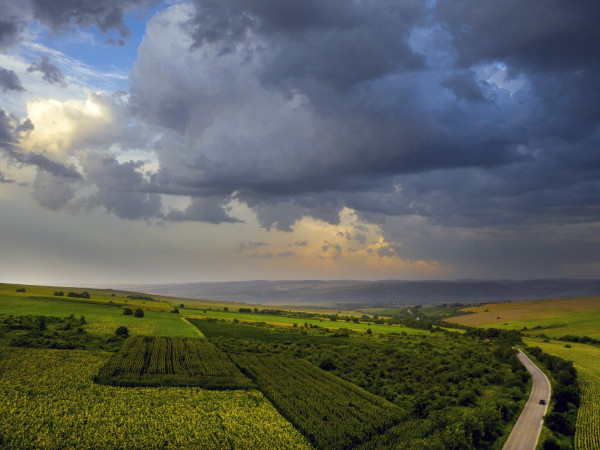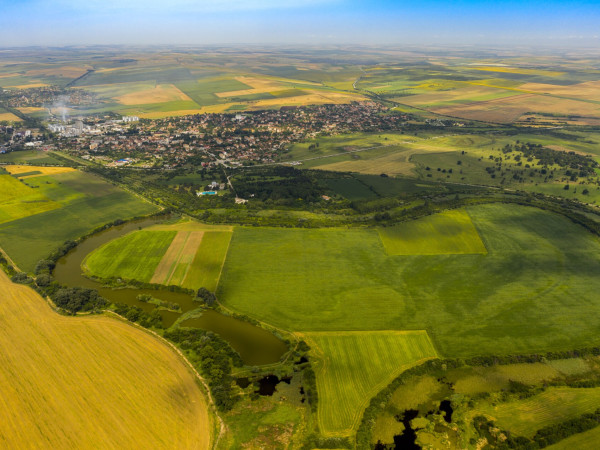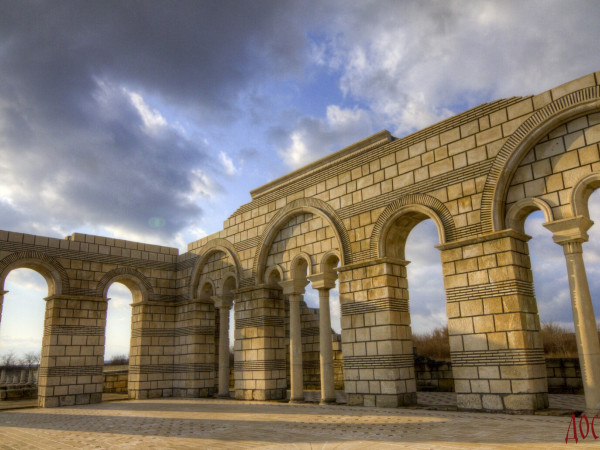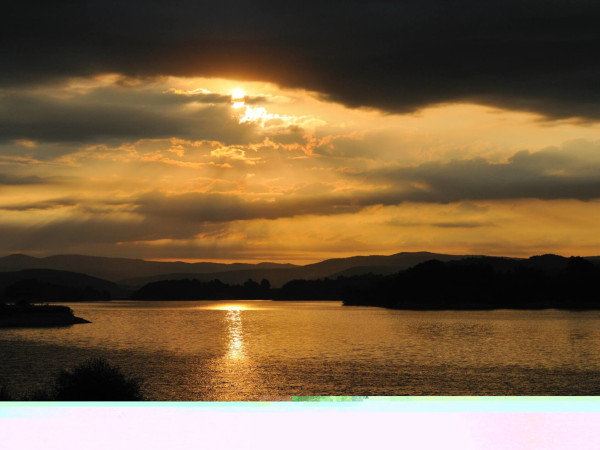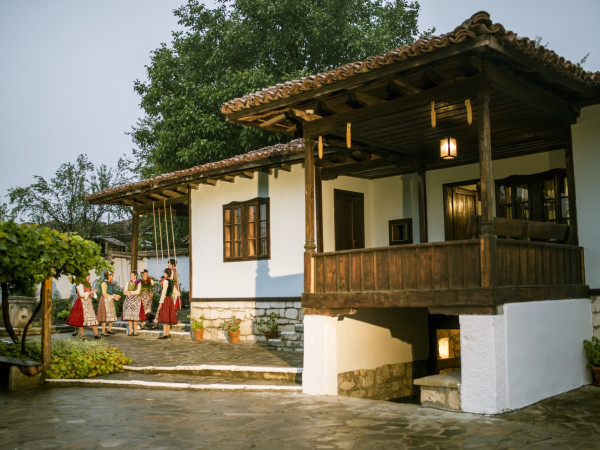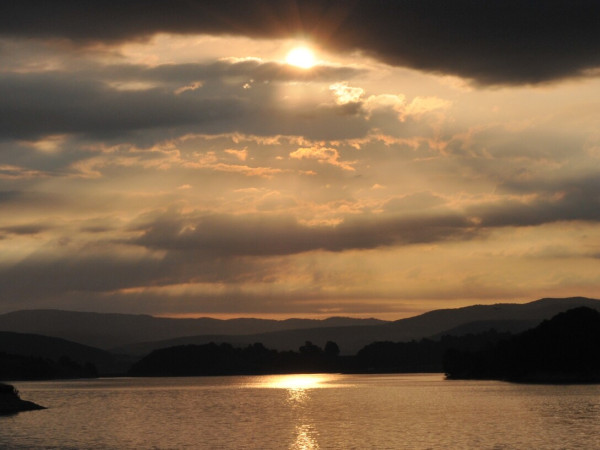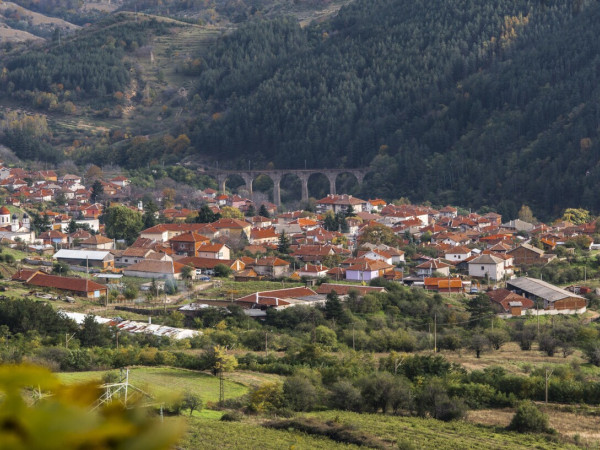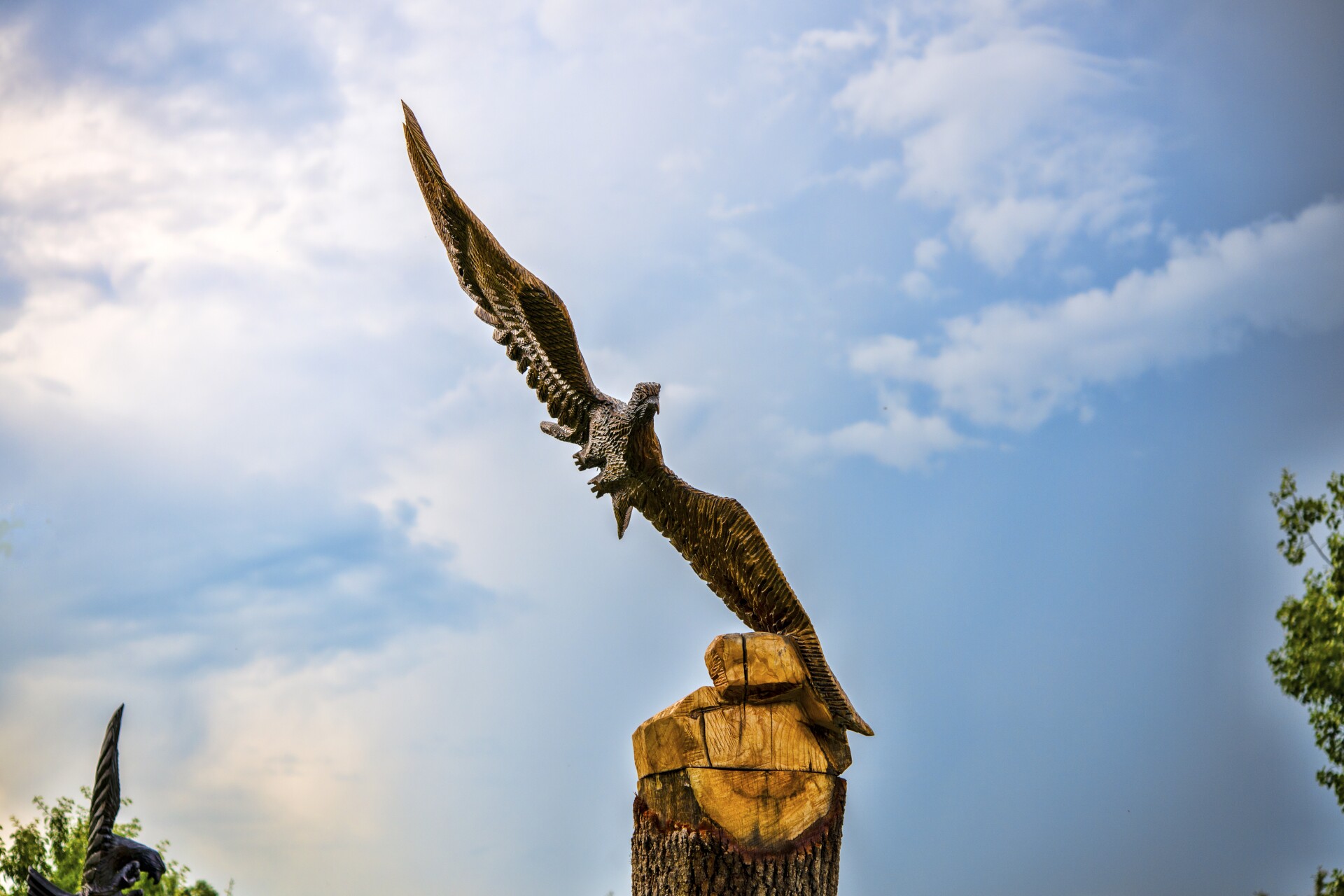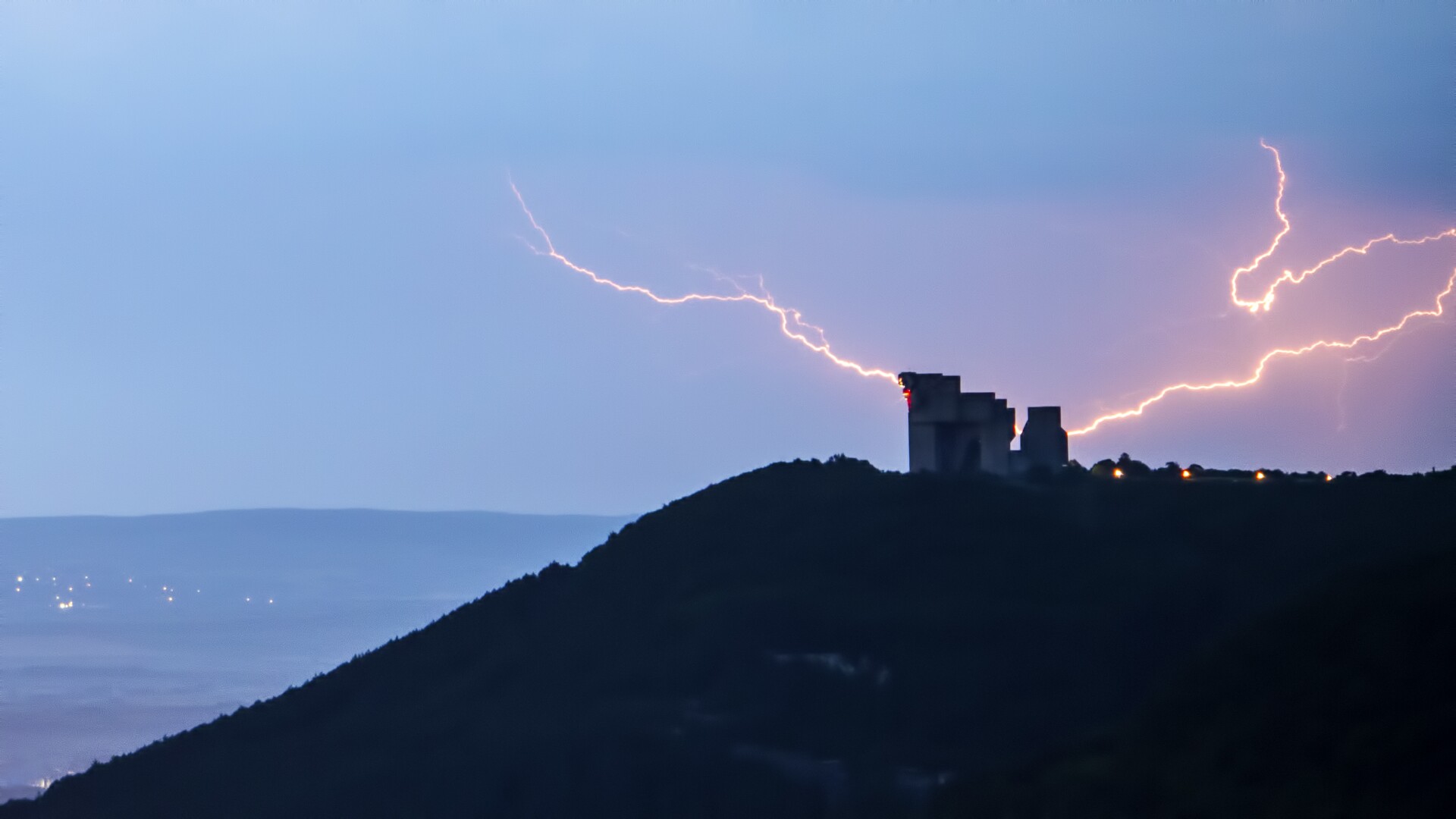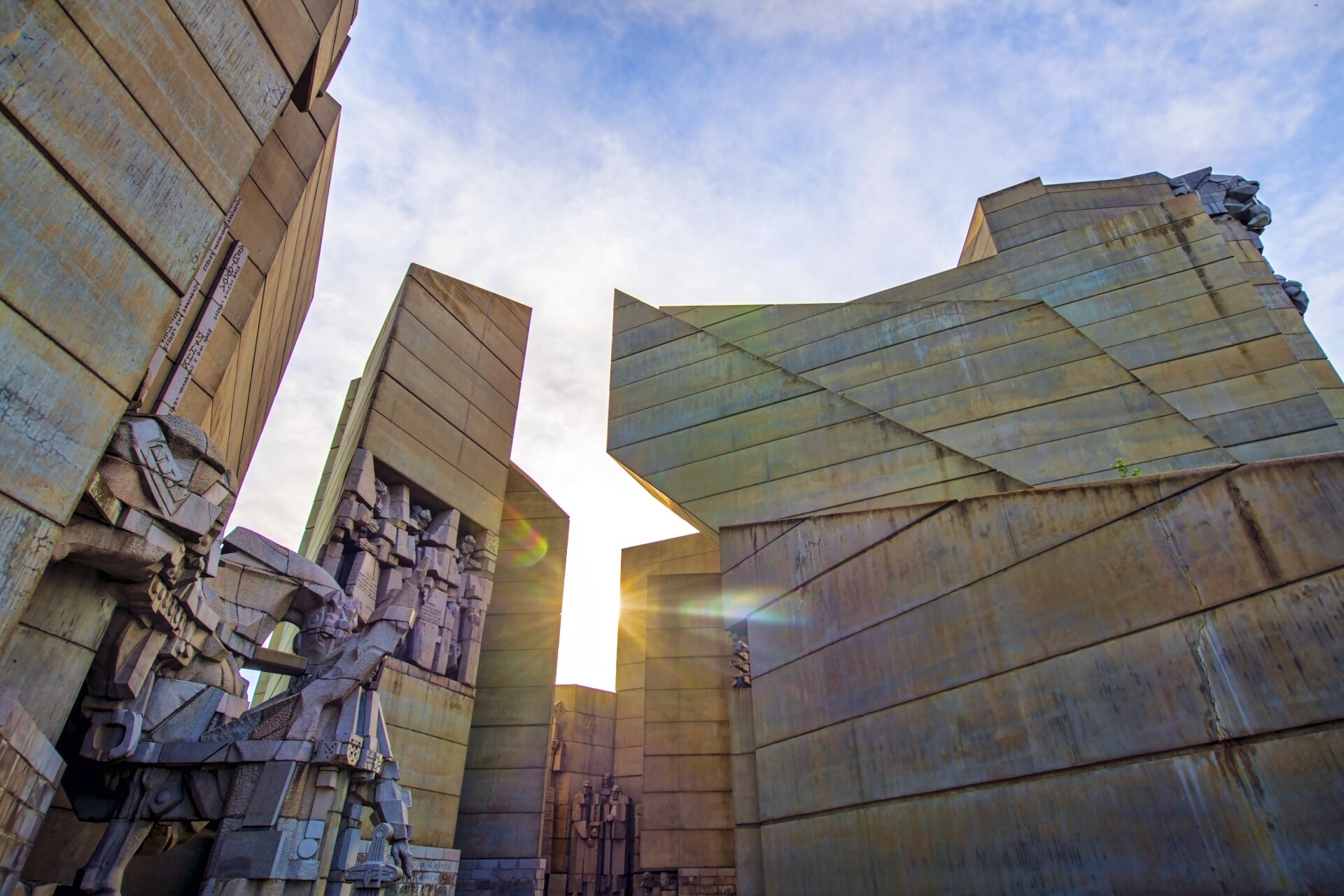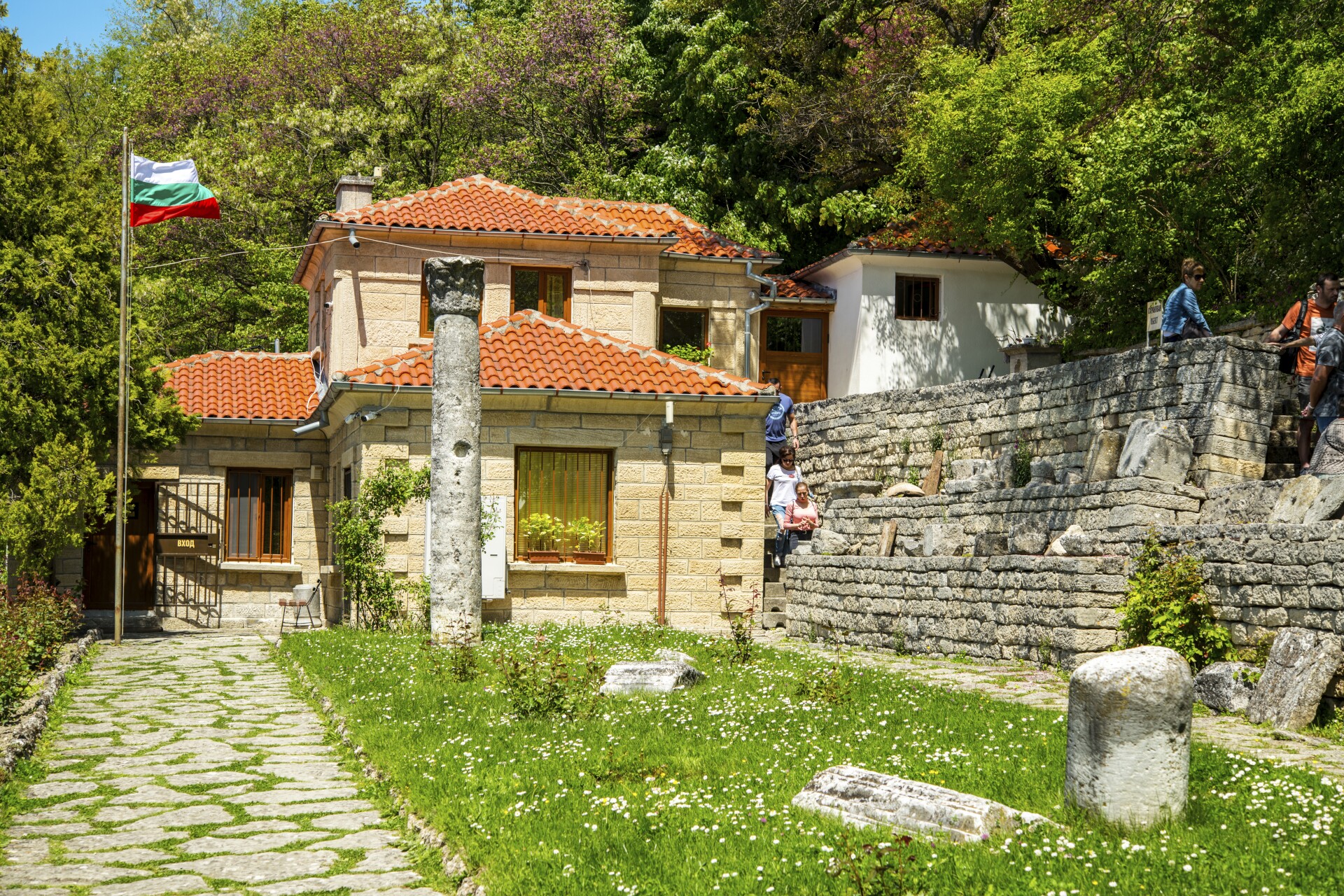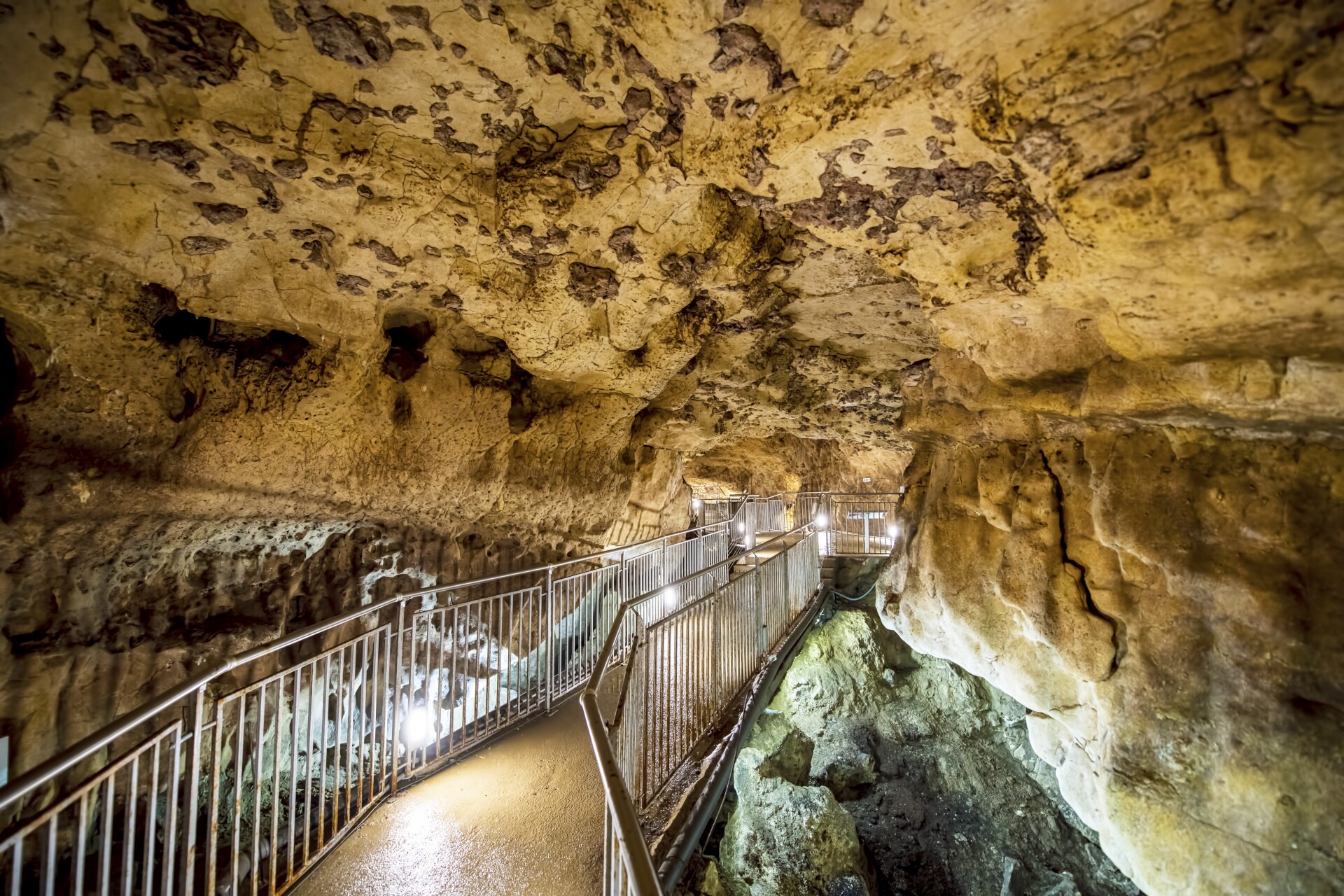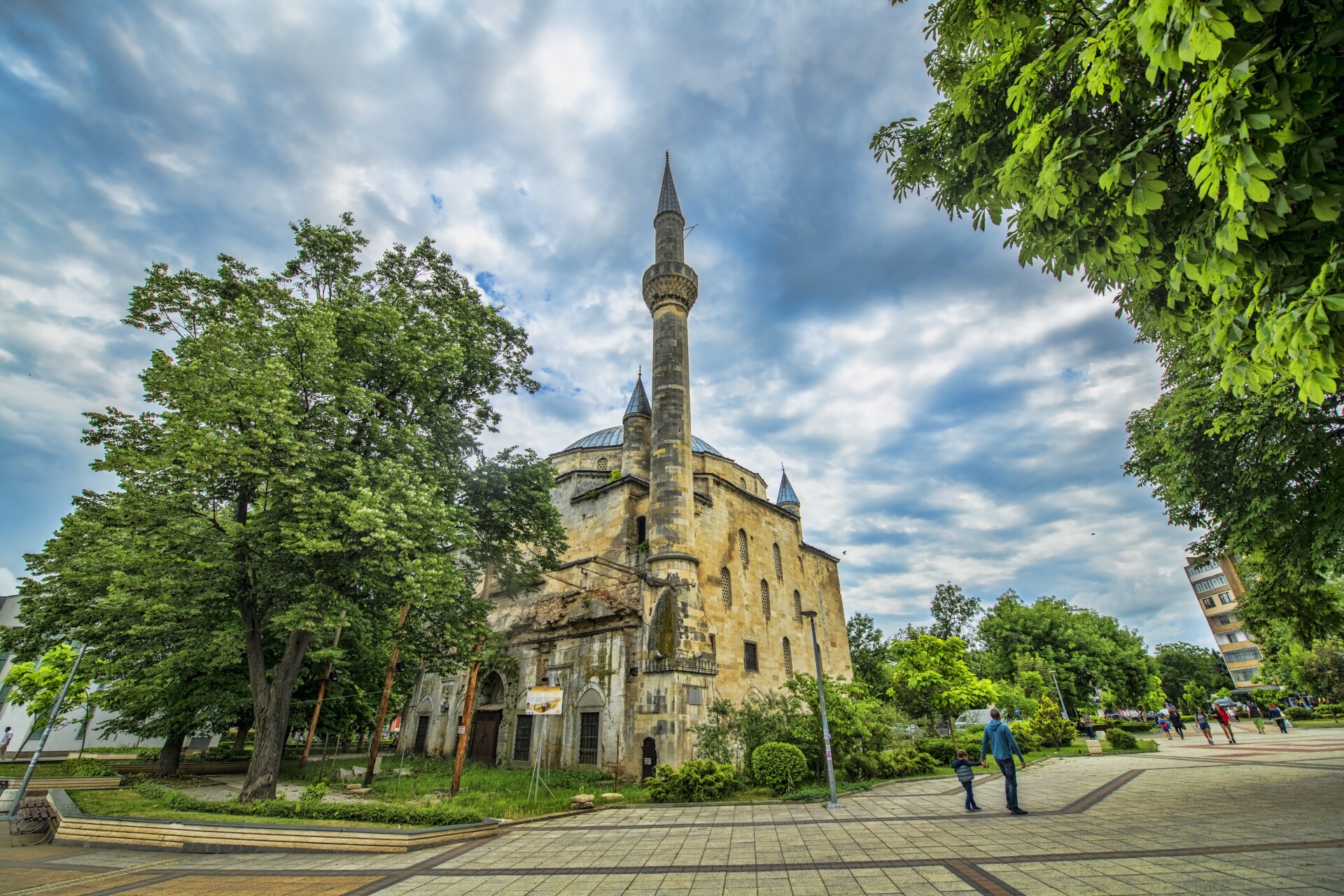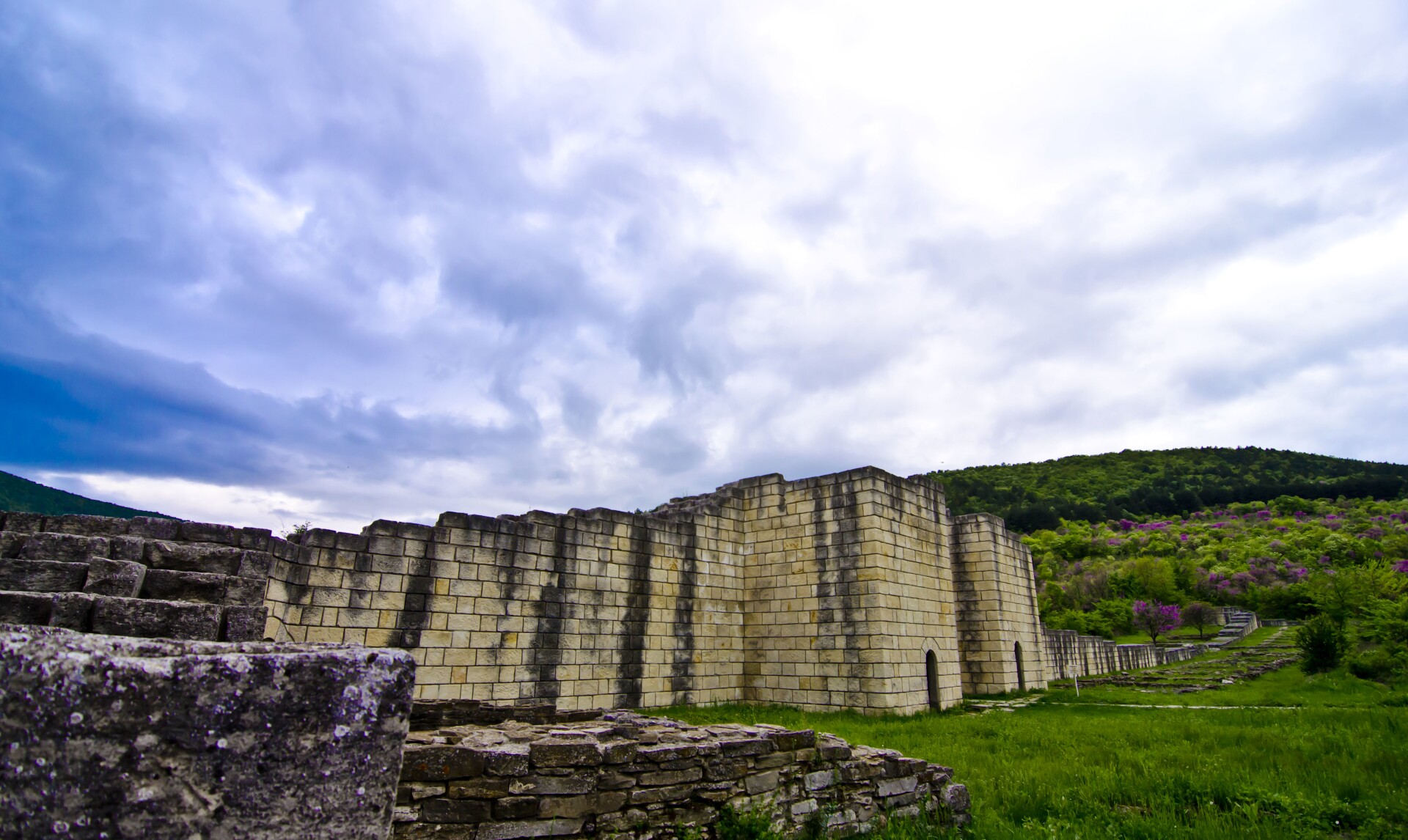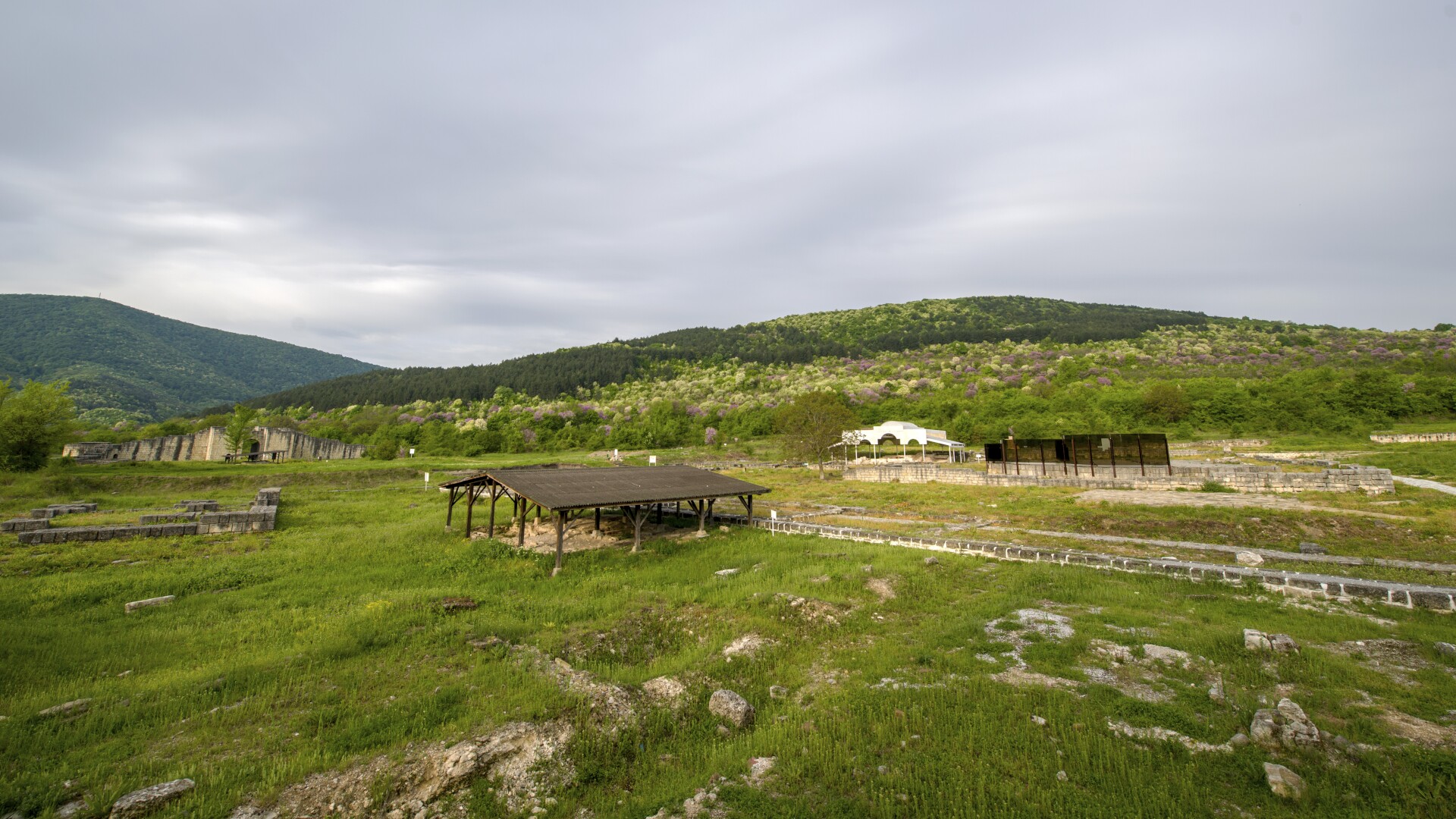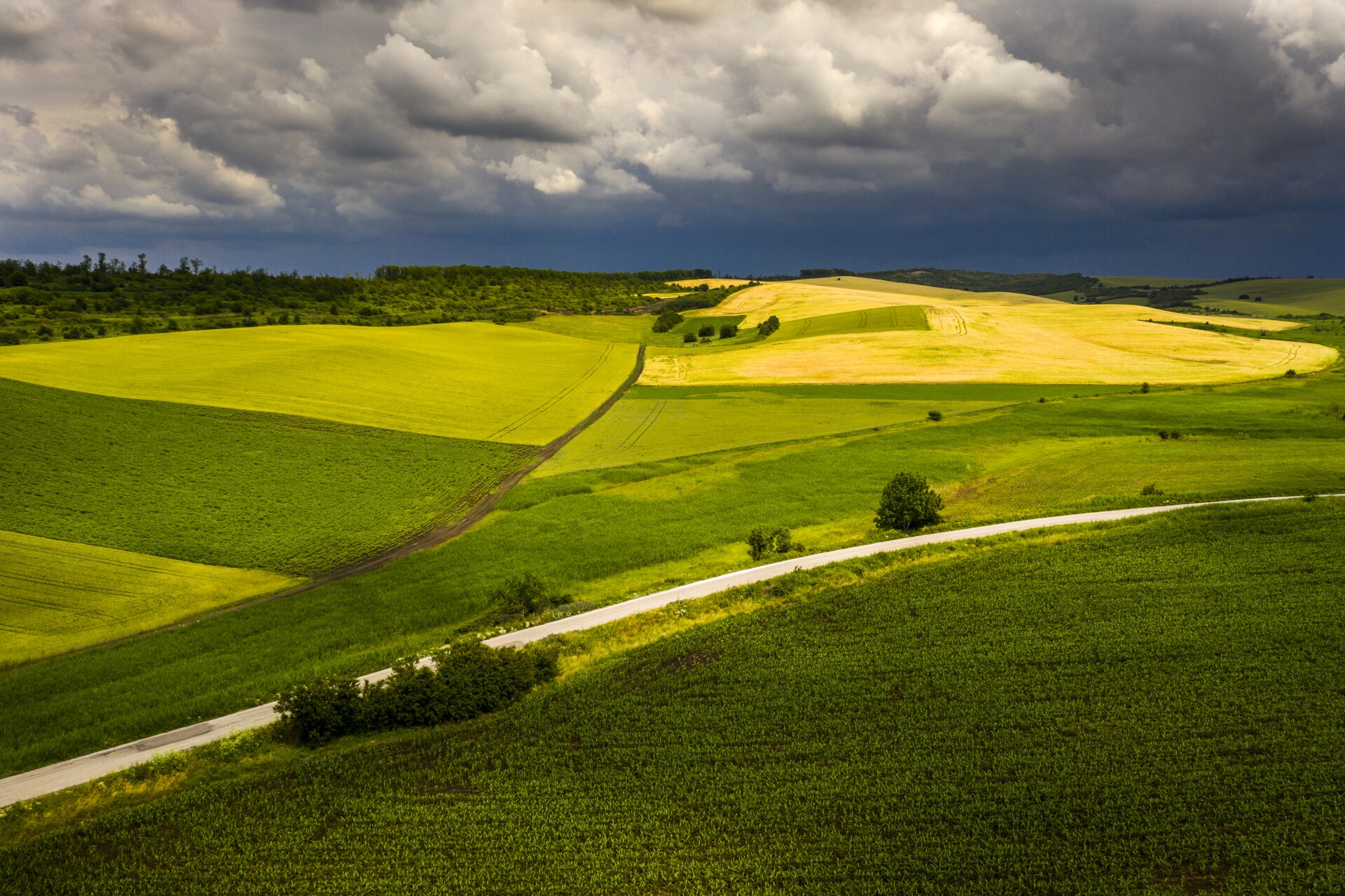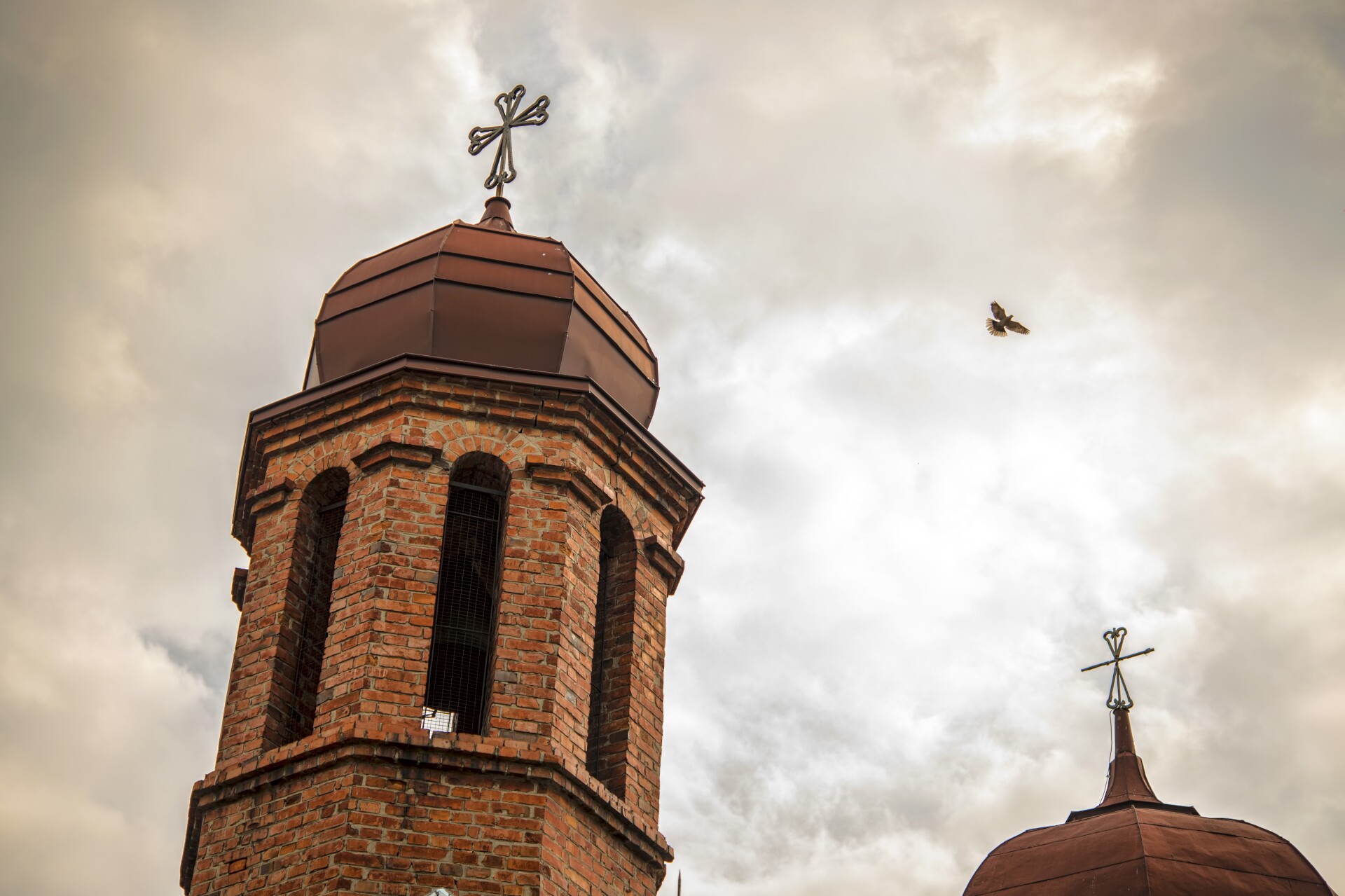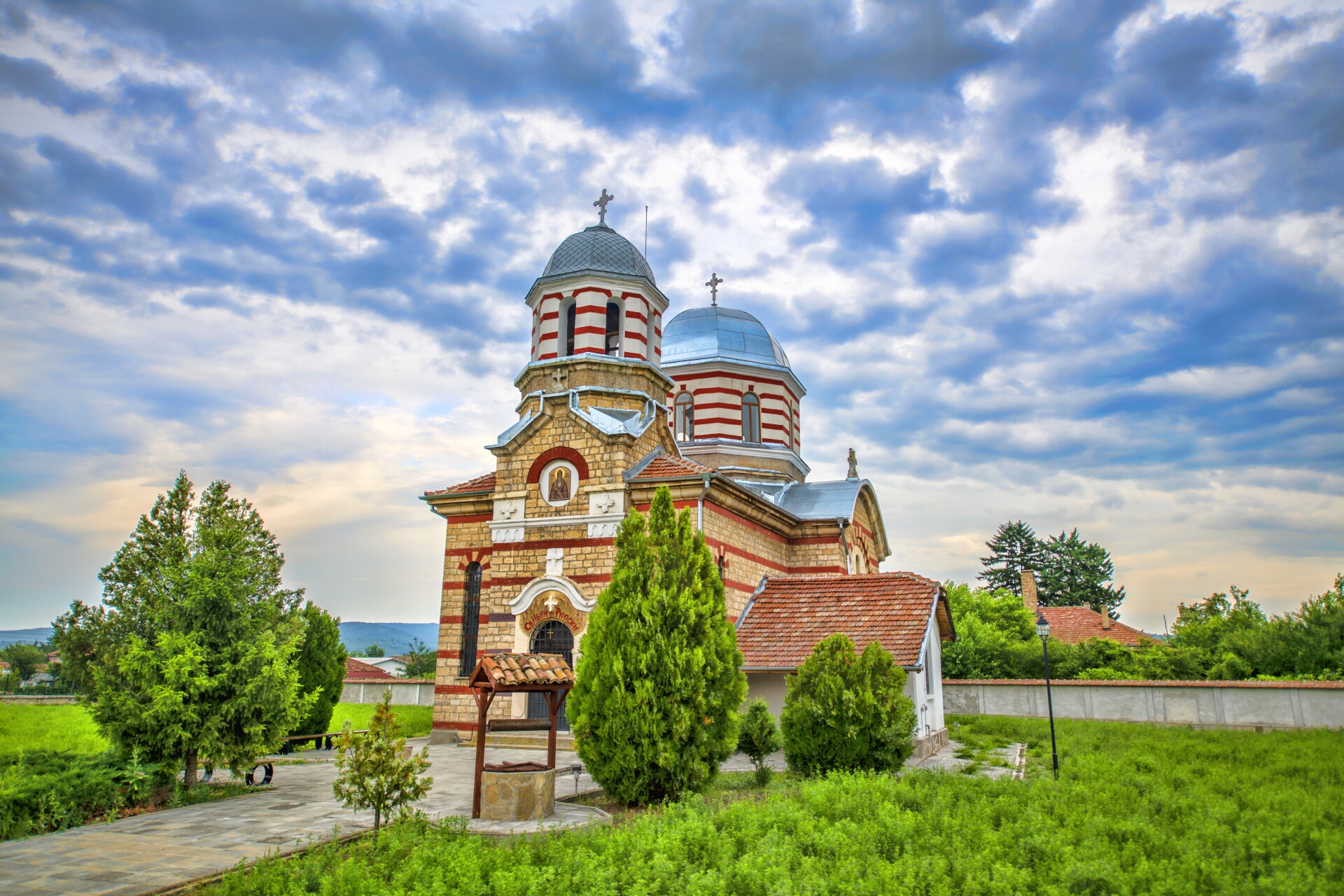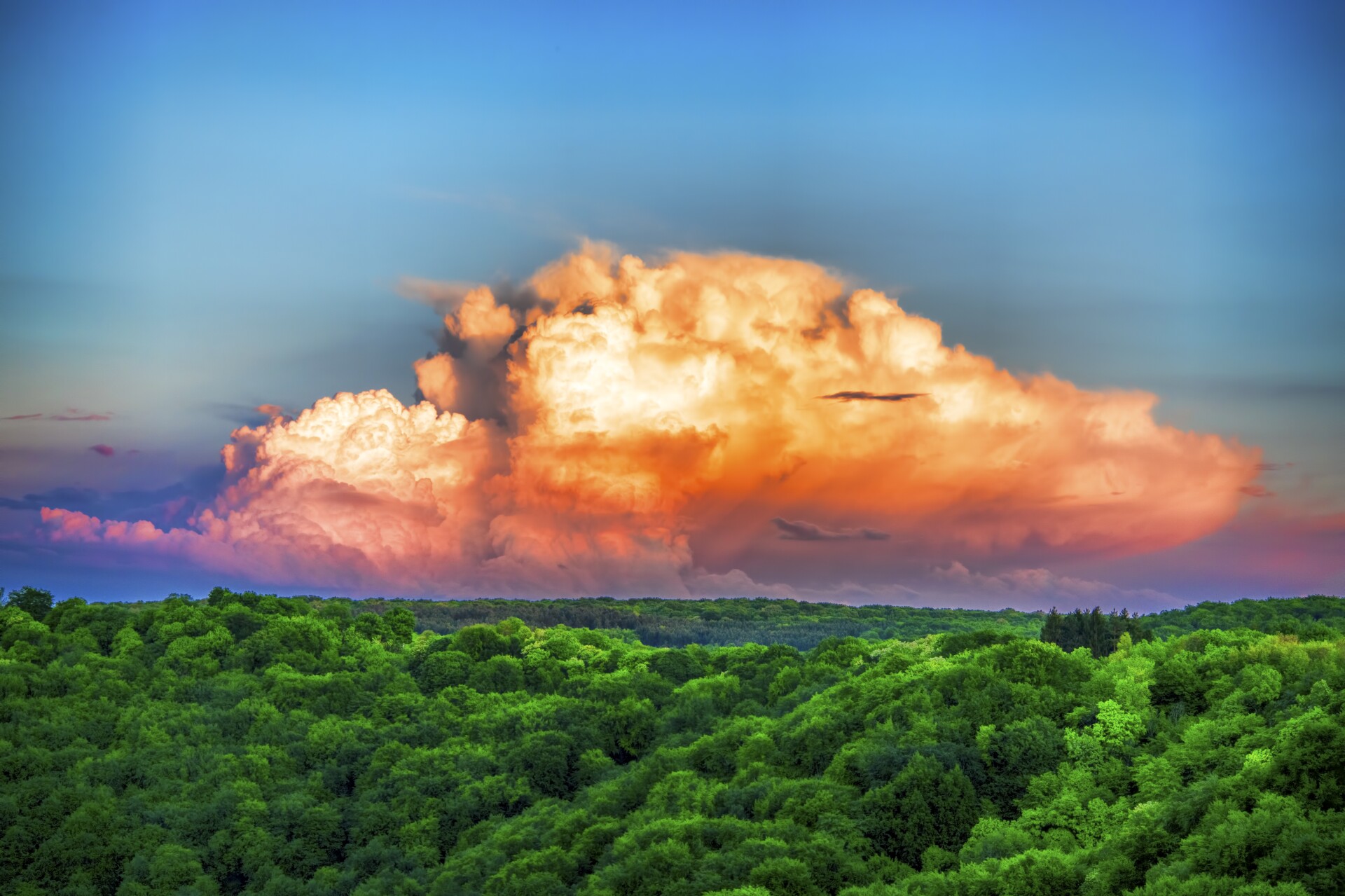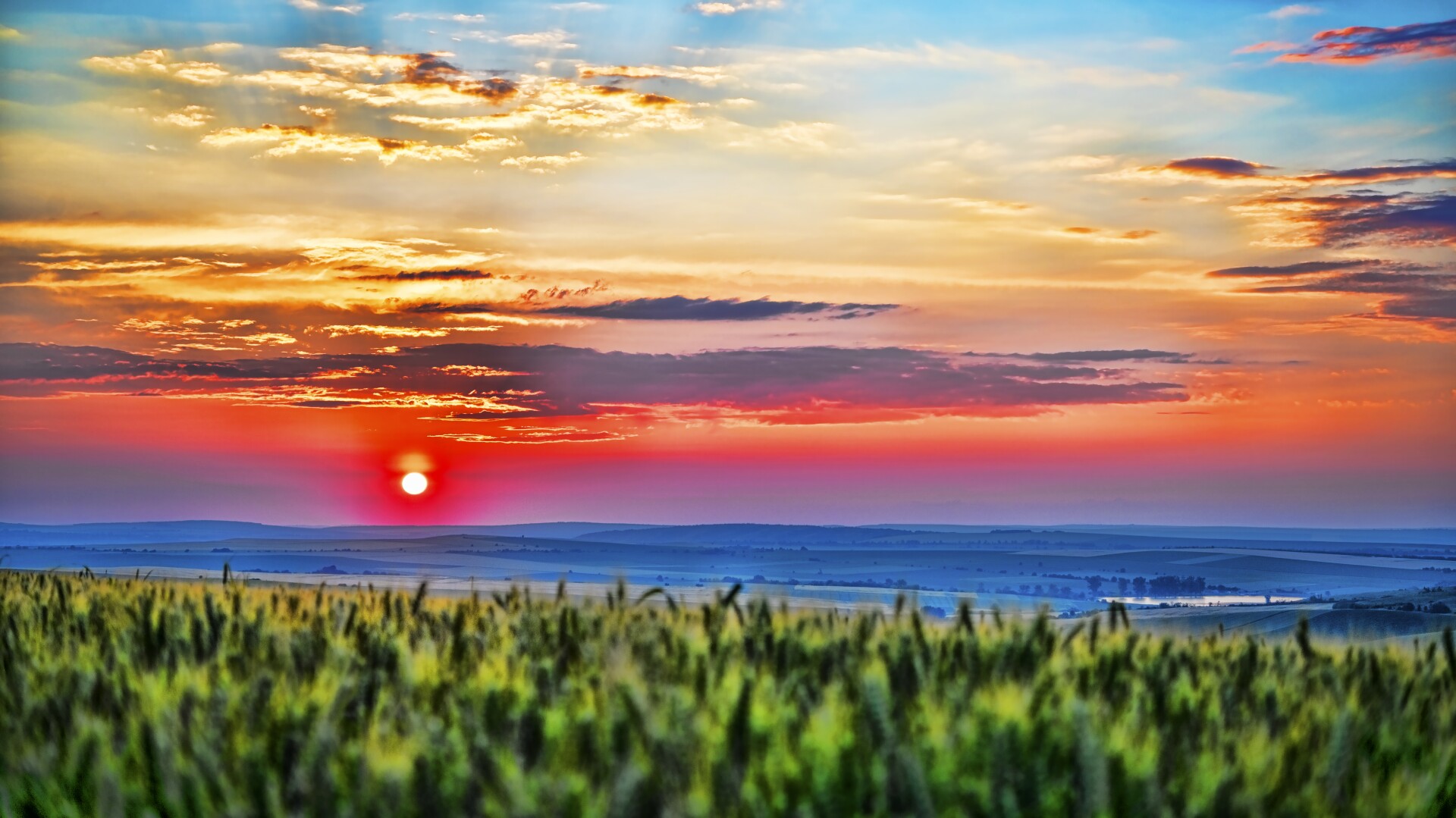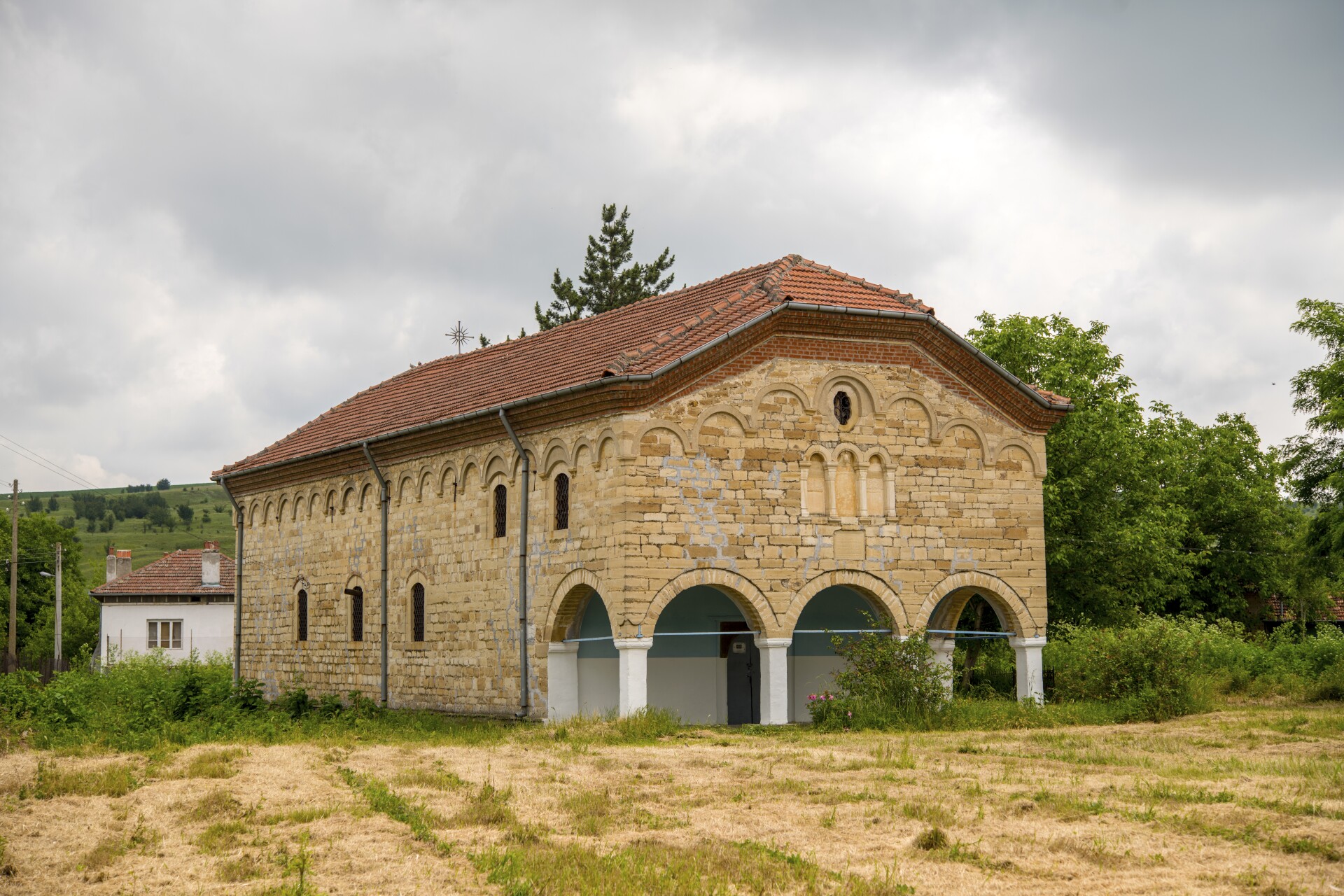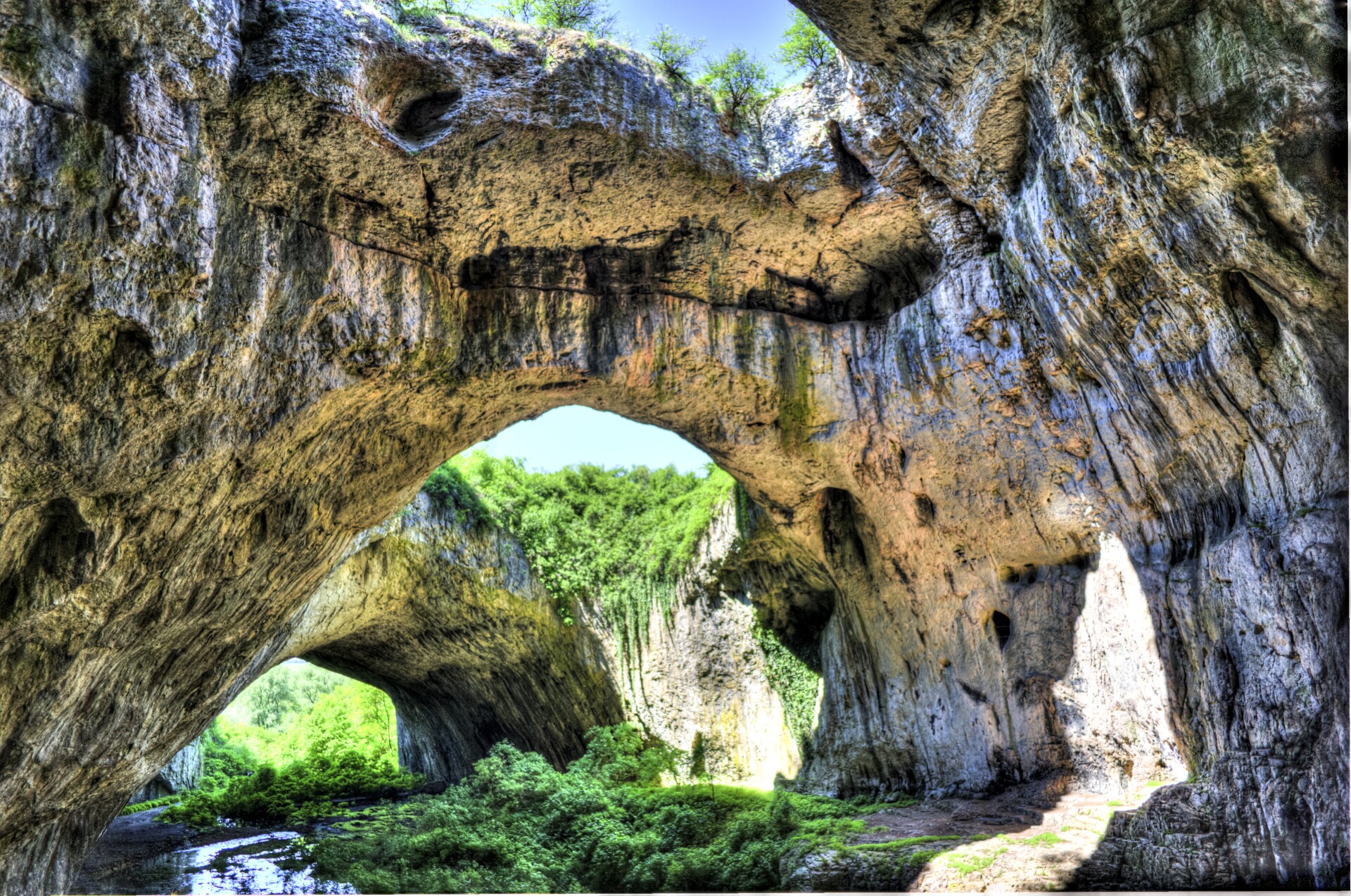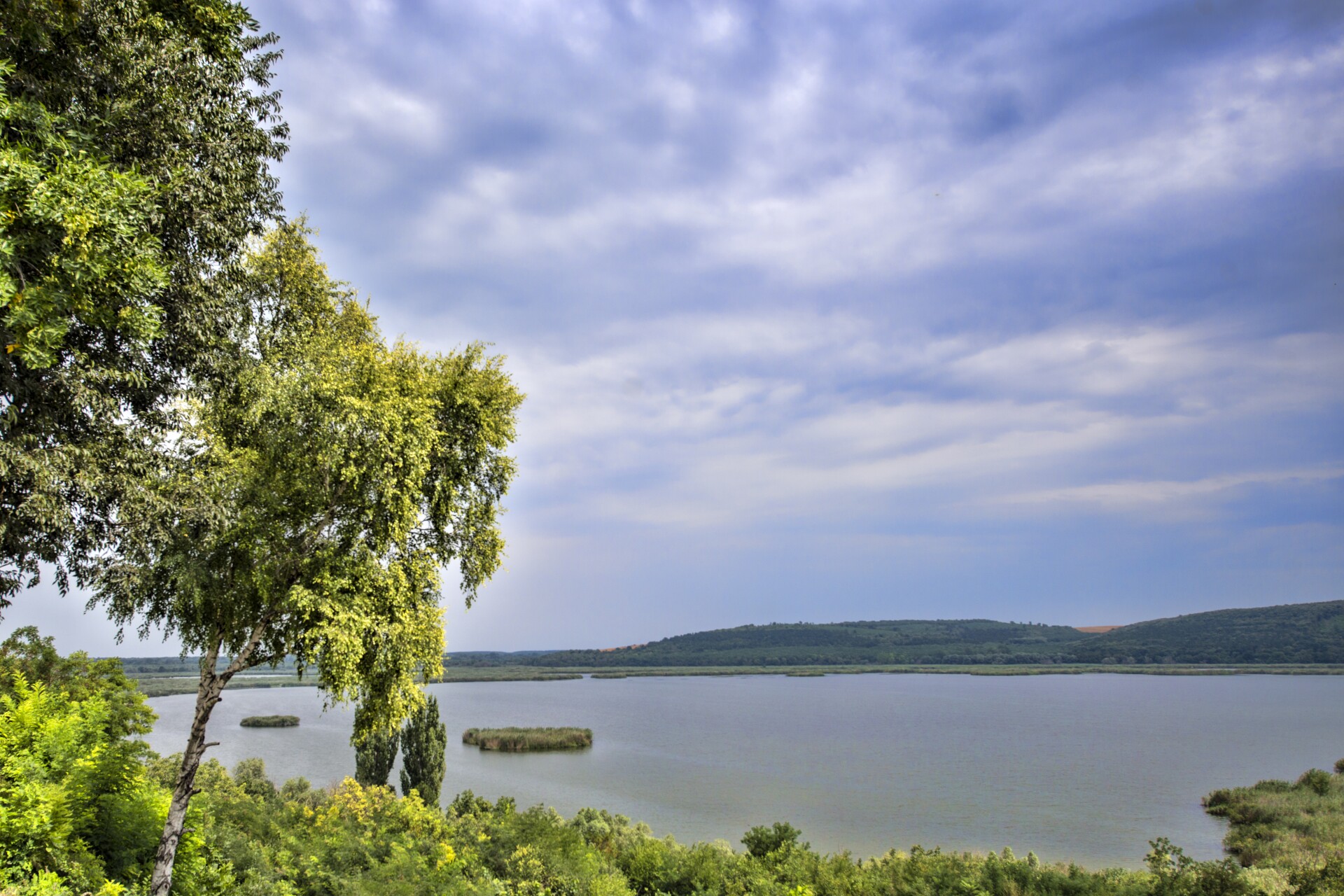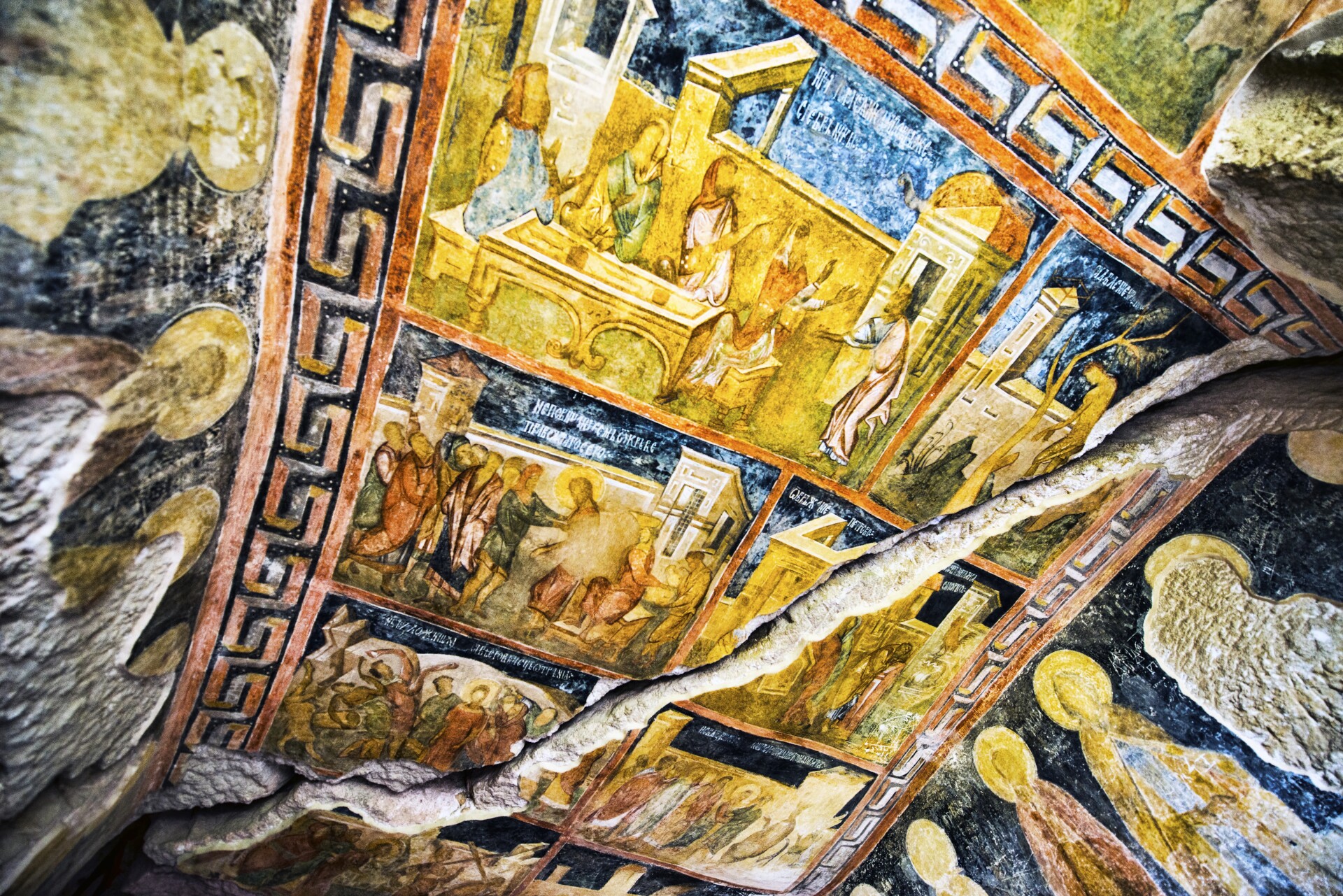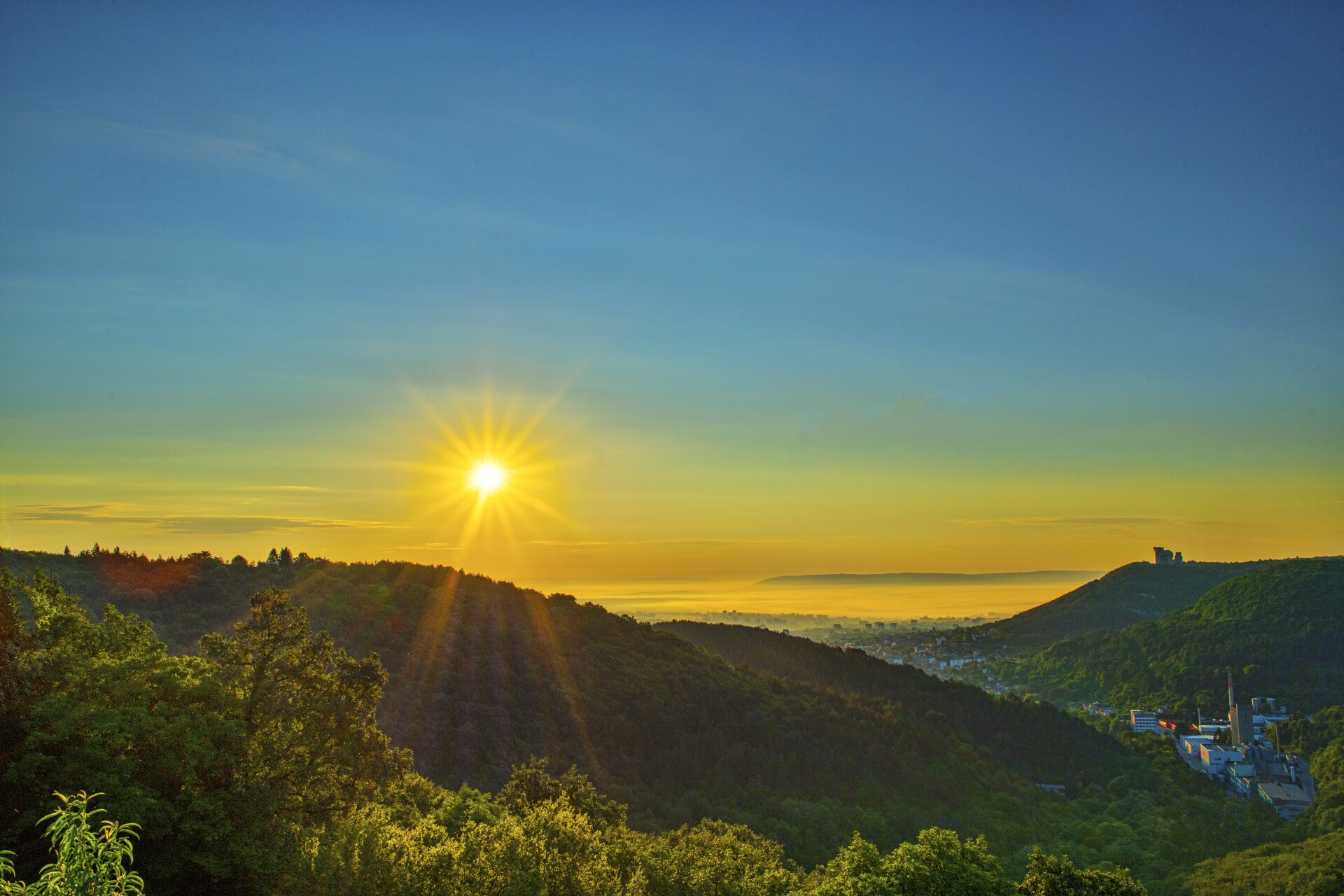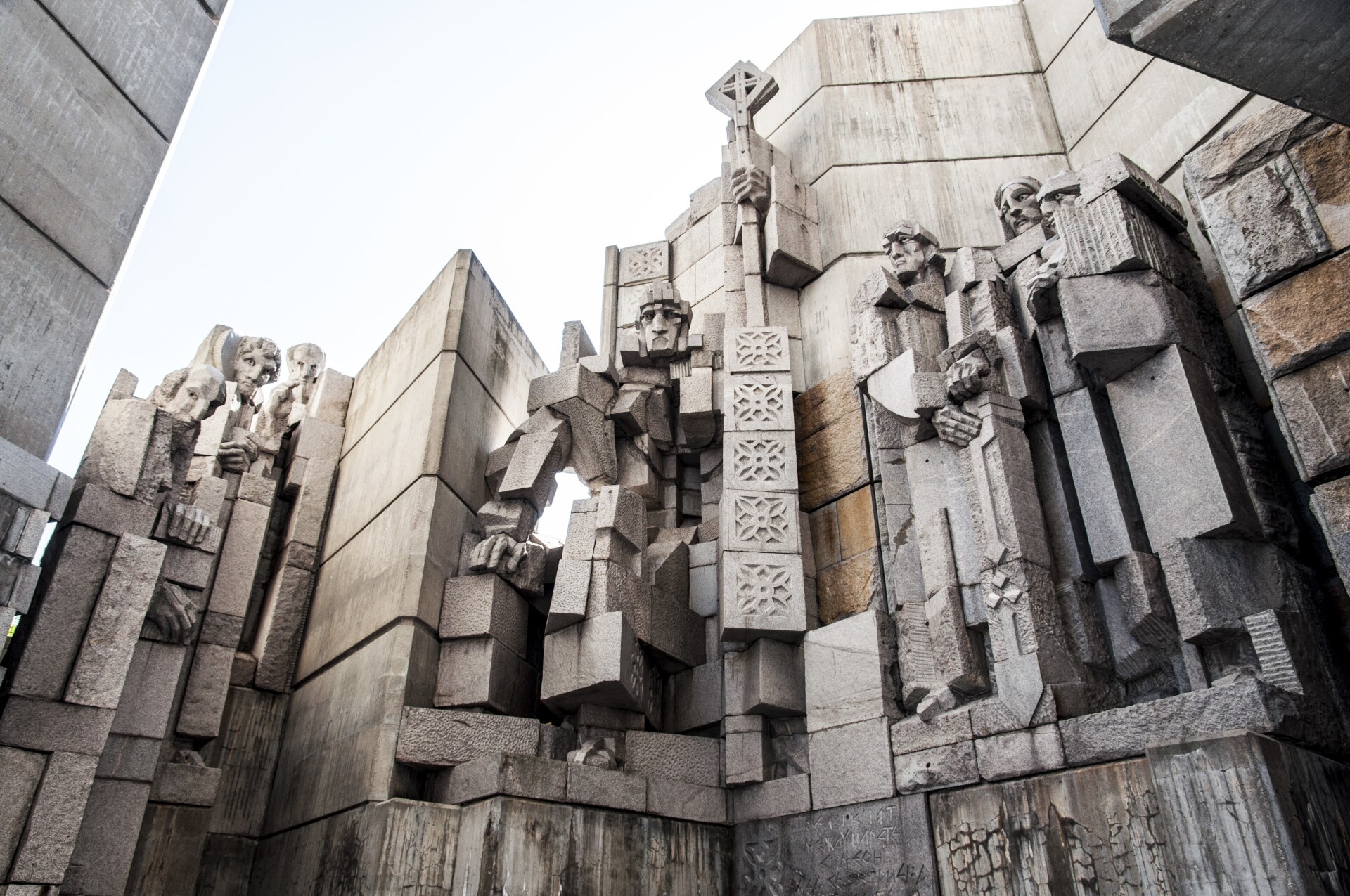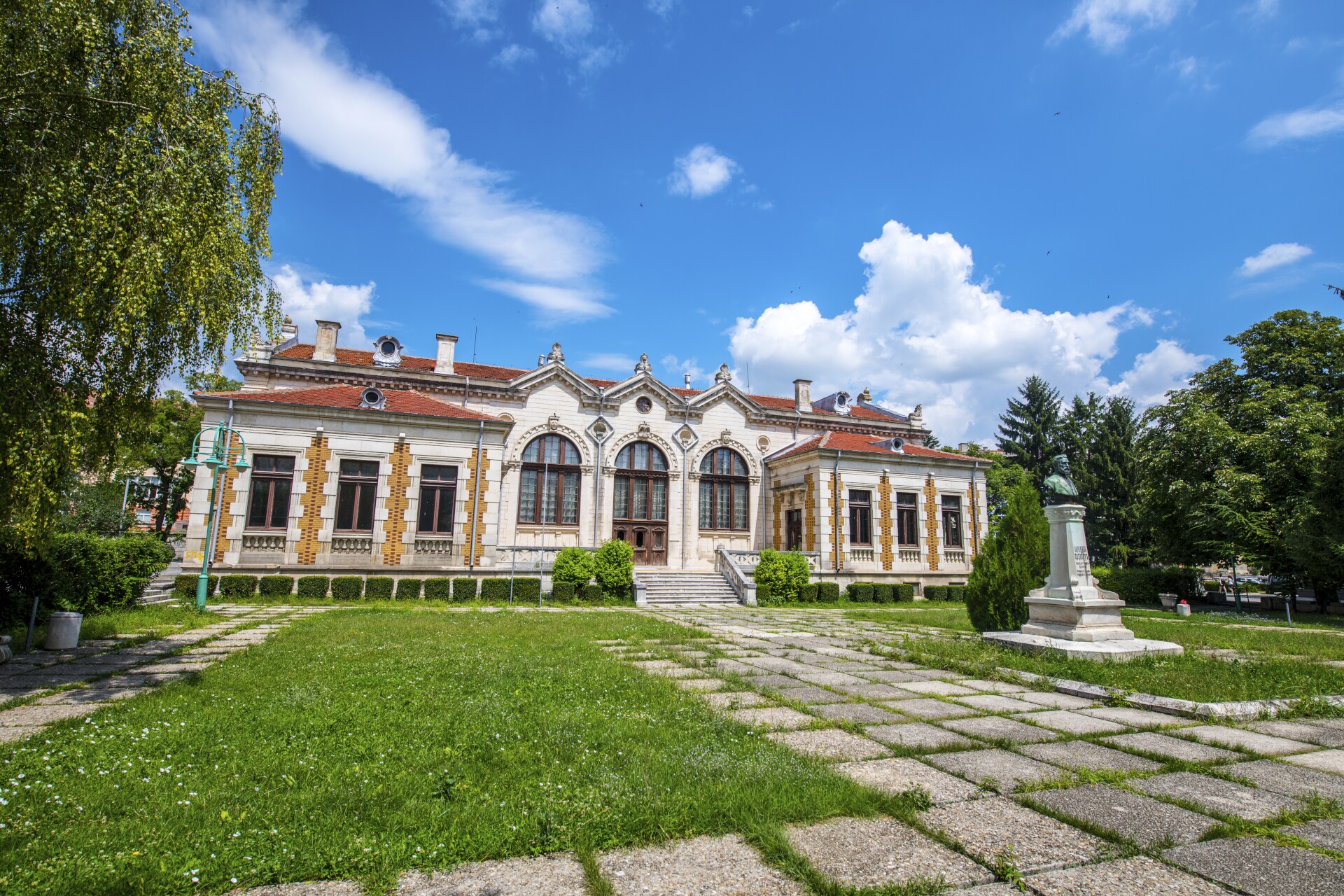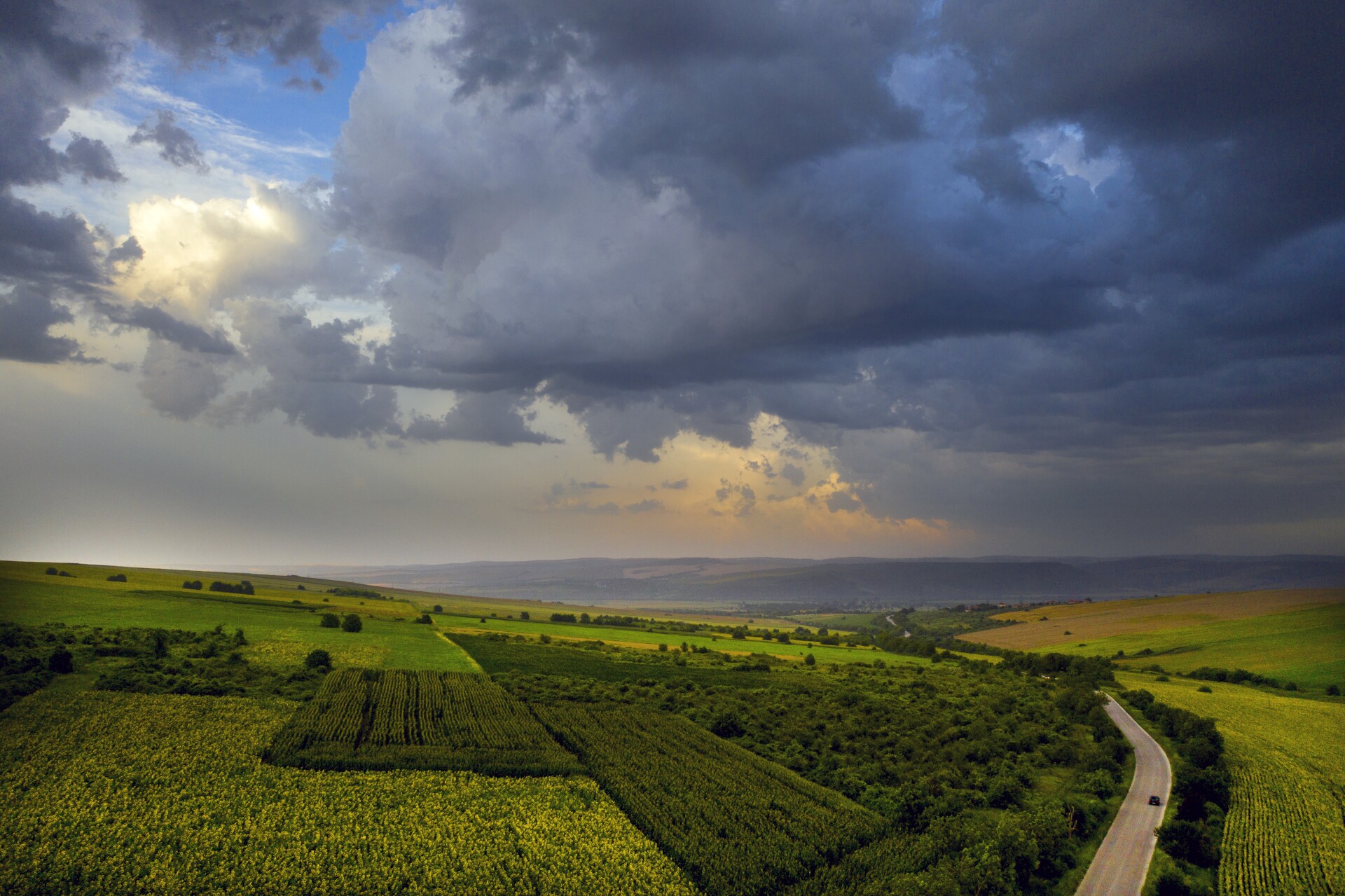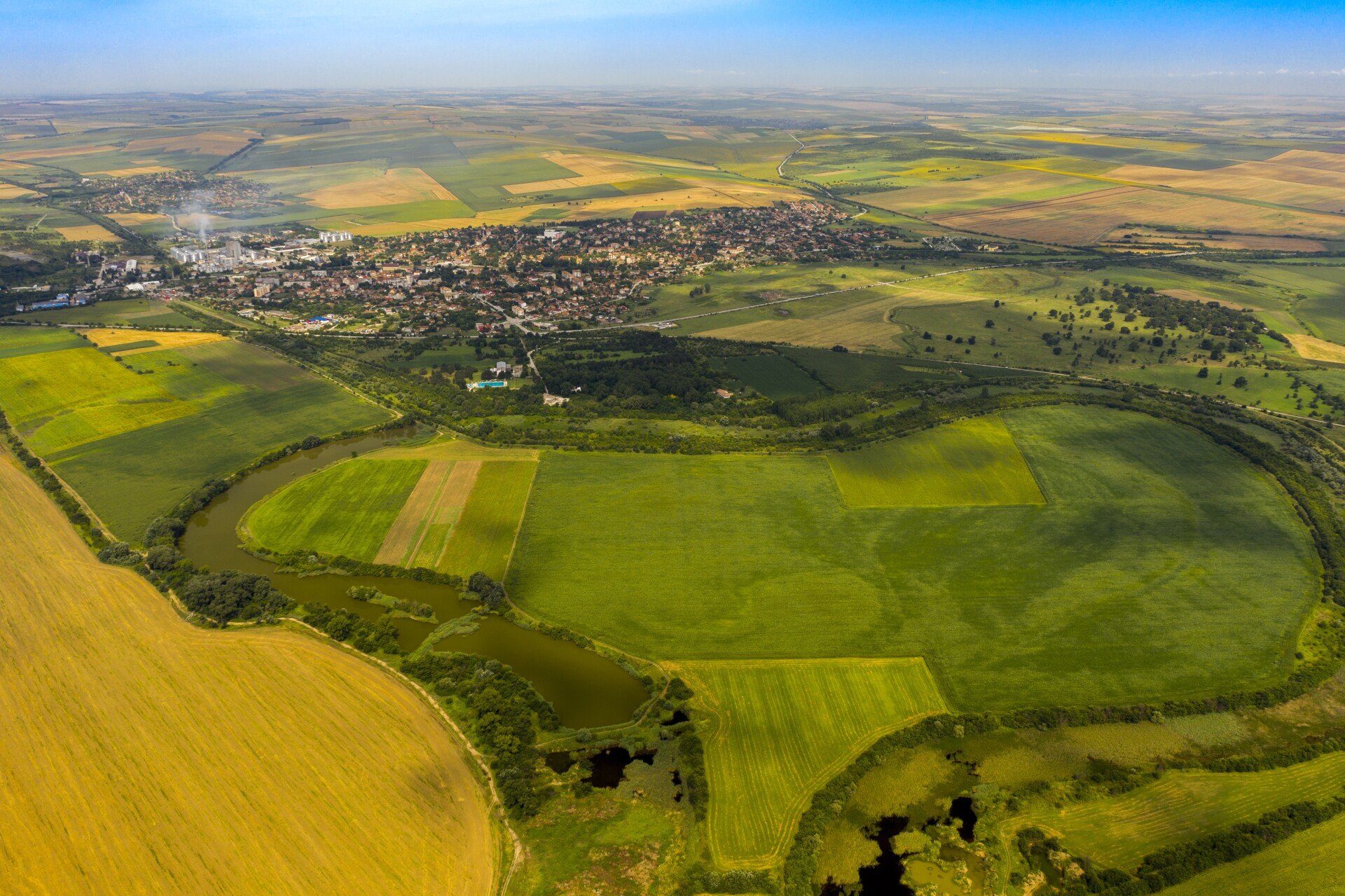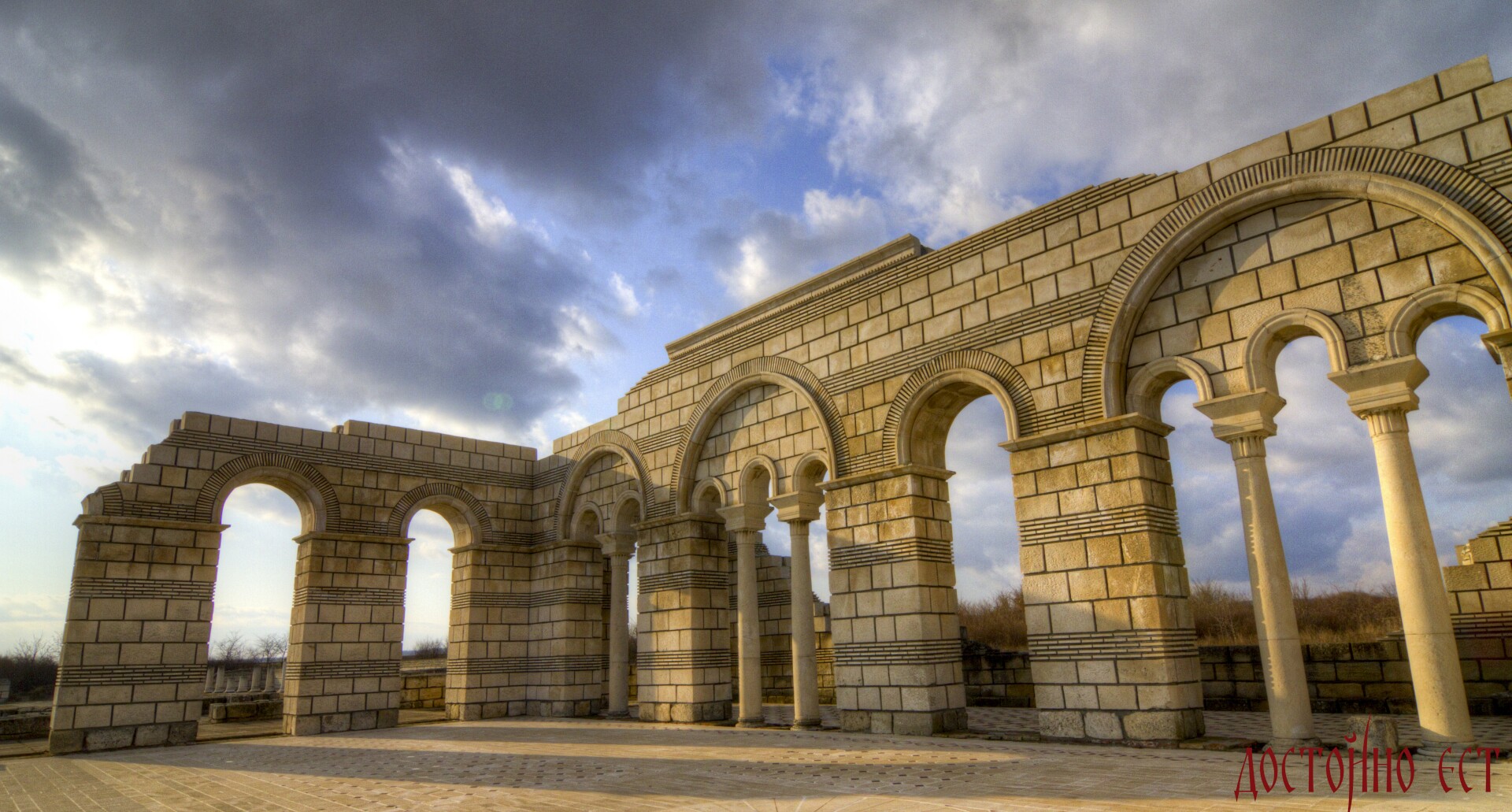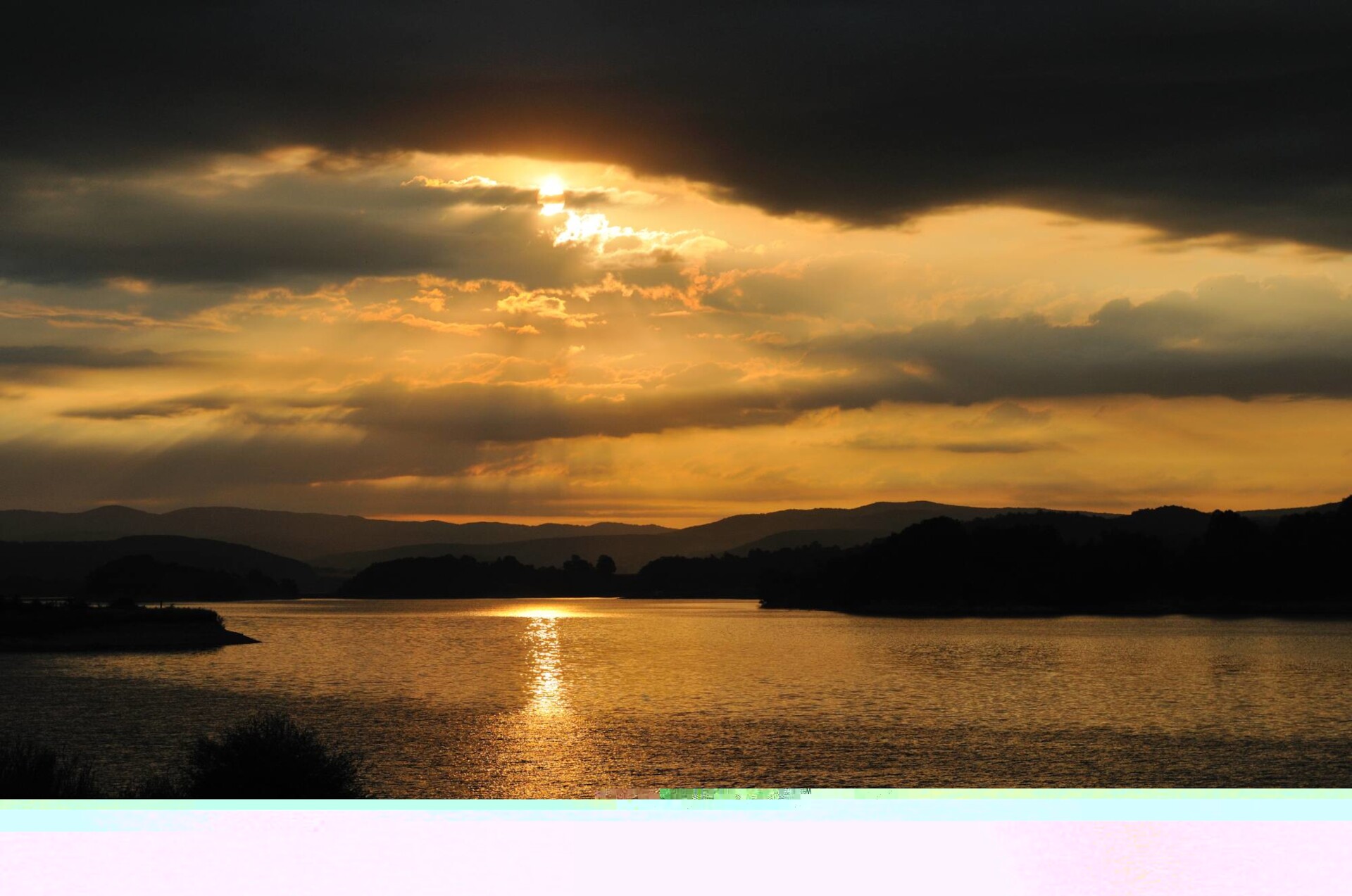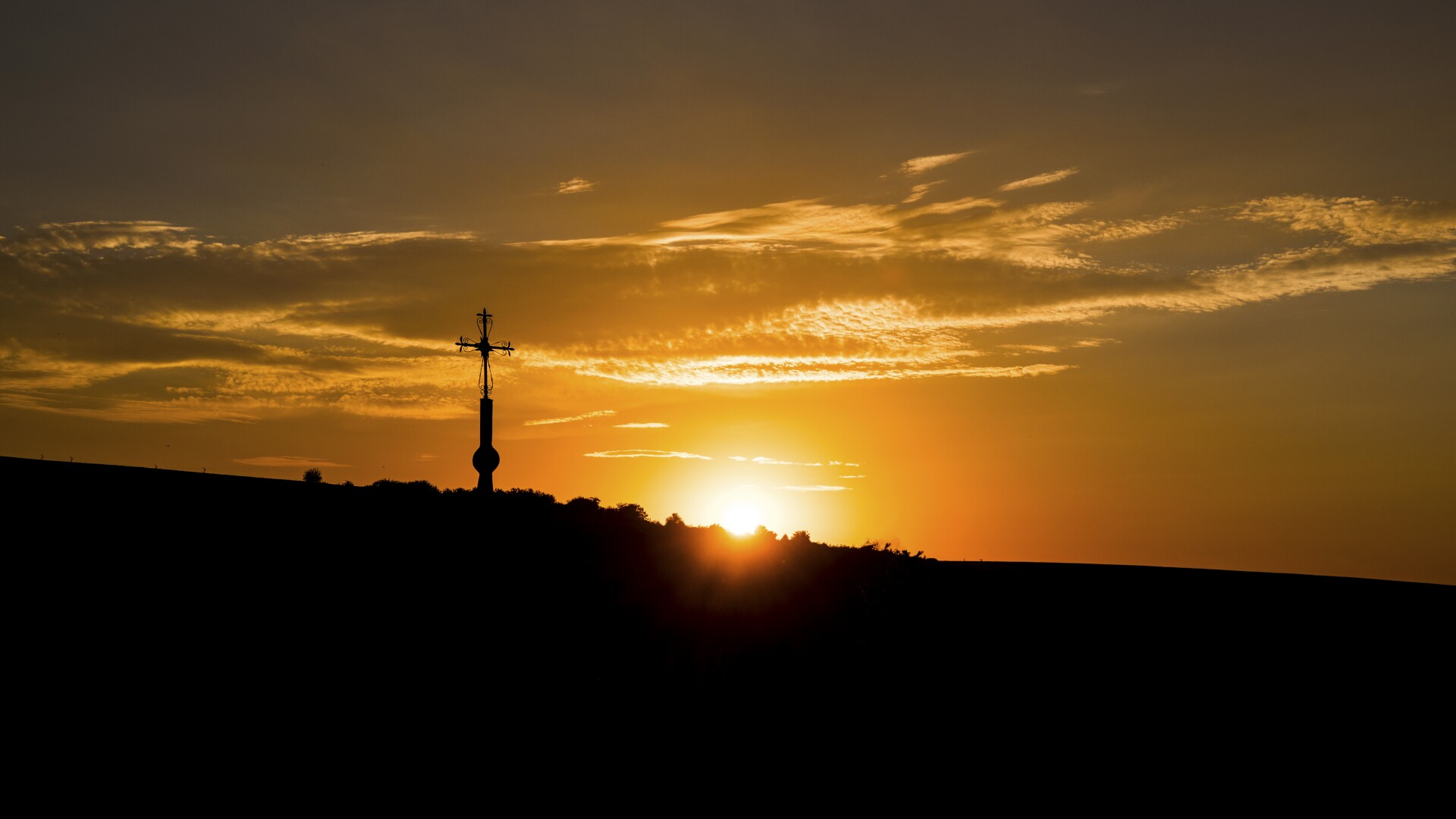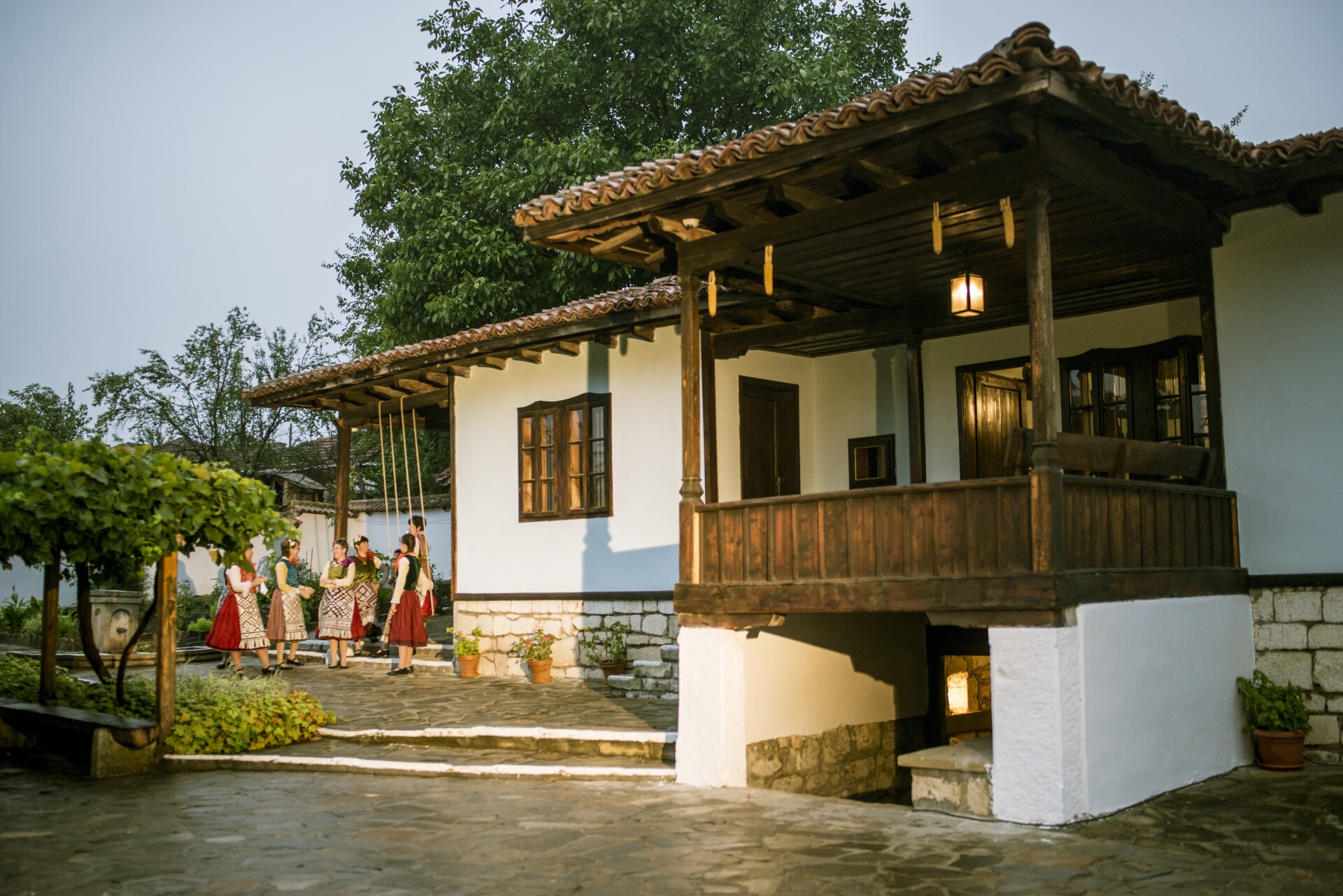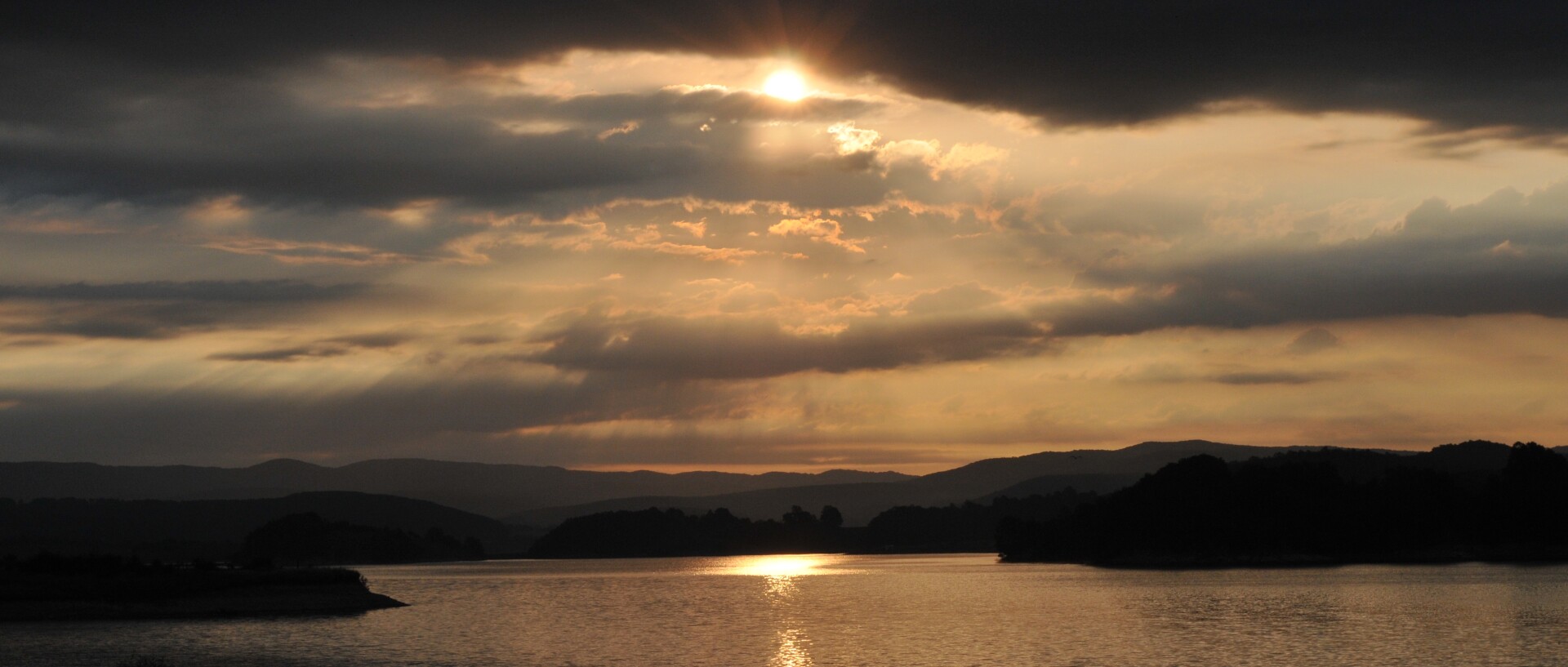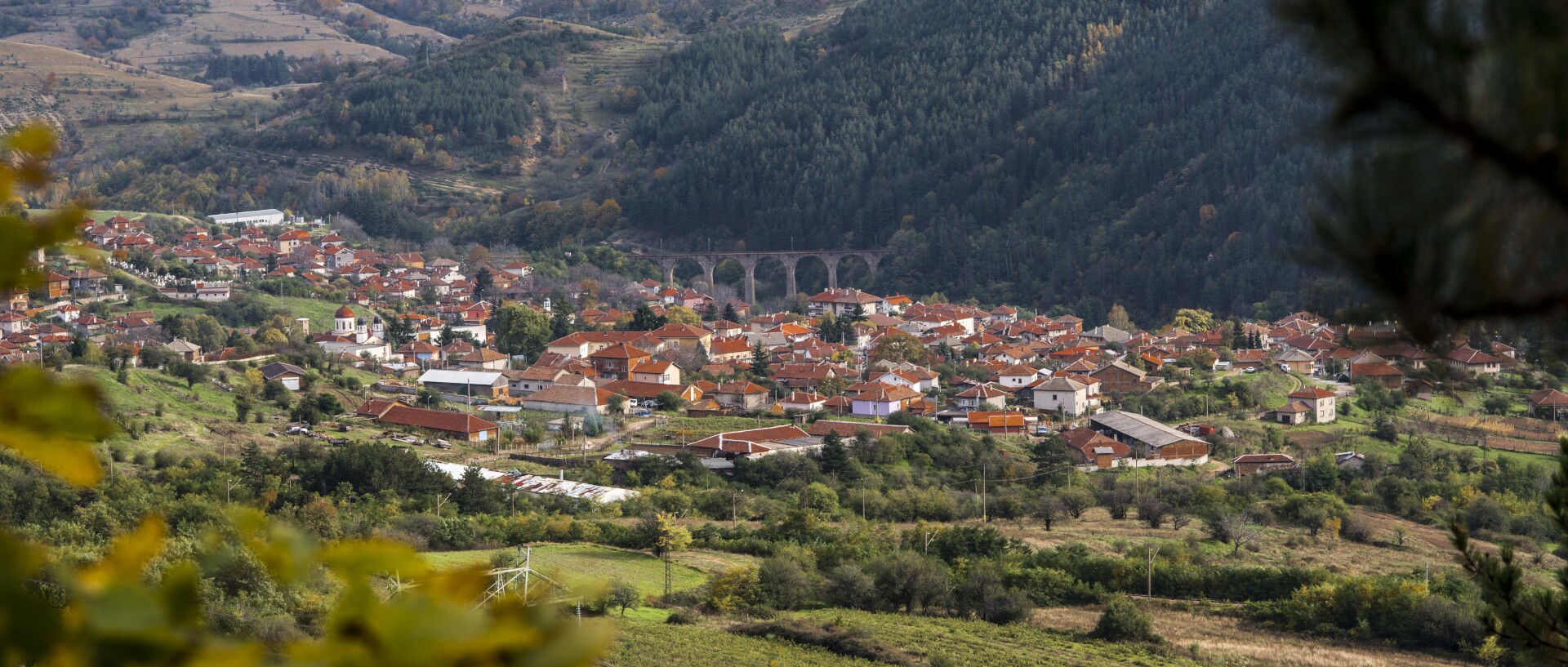The Danube tourist region has the largest territory among the nine tourist regions in Bulgaria. It covers 67 municipalities and the centre for the region is the largest Bulgarian city by the Danube — Ruse. In terms of population, the region ranks third after Sofia and Thracian tourist regions.
Thanks to its geographical location on the only navigable river in the country and to the rich variety of historical and natural resources at its disposal, the Danube tourist region is specialised in the development of cultural and cruise tourism, in particular cultural and historical, river cruise, adventure and eco, urban entertainment and shopping, wine and culinary, religious and pilgrimage tourism.
From Vidin to Silistra and from Oryahovo to Targovishte, the Danube tourist region welcomes you with authentic heritage from the ancient, medieval, Ottoman, post-Liberation and more contemporary periods. It offers access to sites under the auspices of UNESCO and ruins whose charm and historical value are yet to be revealed. It presents landscapes with wildlife and preserved biodiversity in protected areas and biological reserves. It leads to inaccessible caves and marshy regions. It calls for solitude in the numerous temples and places of worship. It shares culinary and wine secrets, as well as cultural traditions of unique local societies.
The Danube is the most international river in the world, passing through ten European countries on its way from the source to the delta in the Black Sea: Germany, Austria, Slovakia, Hungary, Croatia, Serbia, Bulgaria, Romania, Moldova and Ukraine. Four enchanting European capitals are positioned on the Danube bank — Vienna, Bratislava, Budapest and Belgrade. In addition, Danube gathers its waters from a total of 19 countries and at least 17 national languages are spoken on the territory of the Danube river basin. As part of this multicultural region, Northern Bulgaria shows influences from the Central European traditions and strong Danubian identity.
The Danube has a special place in the minds and folk art of Bulgarians. The ruins of Roman castles along the river are reminder of the significance of the Danube Limes as a line of defence in the times of the powerful Roman Empire, while the associations of Danube Bulgaria hark back to the first years of the country's founding. Danube is the most celebrated river in folk songs and poems. During the National Revival, the emotional connection with Danube was reinforced by the fact that the river was seen as a border between freedom and the lack of freedom, between life in the homeland and survival in exile. Ivan Vazov, the patriarch of Bulgarian literature, described Danube as "silent, white" and which "ripples, merrily murmurs." It is no coincidence that we find the river as early as in the second verse of the Bulgarian national anthem: "O thy Balkan Mounts noble, By them the Danube sparkleth."
The Bulgarian Danube coast is 471 km long — starting from the mouth of Timok River on the border with Serbia to the west and ending at the town of Silistra to the east, where the land border with Romania begins. The Danube is the natural state border between Bulgaria and Romania. Two bridges have been built along the river that serve as a land connection with the Bulgarian neighbour in the north.


